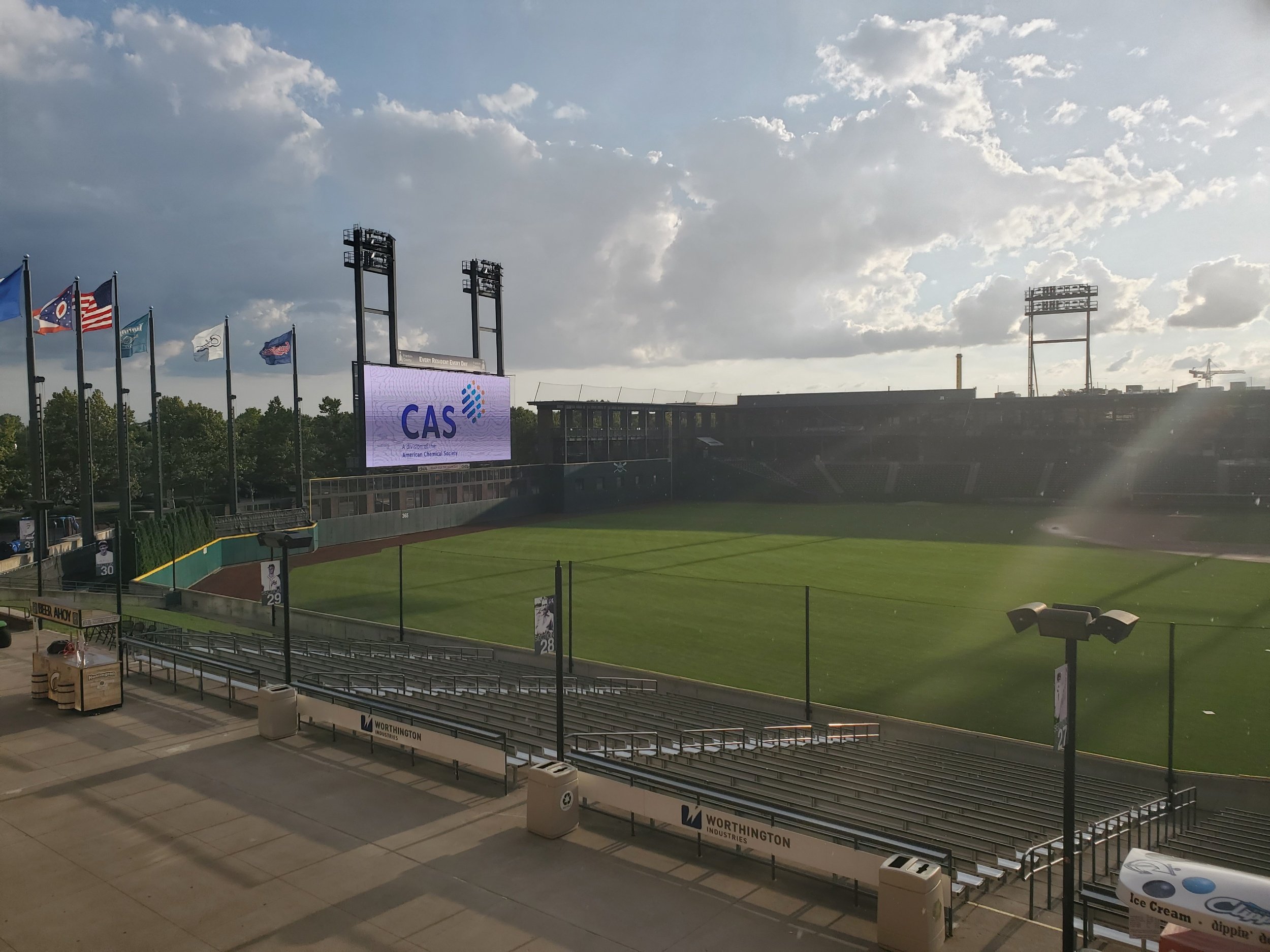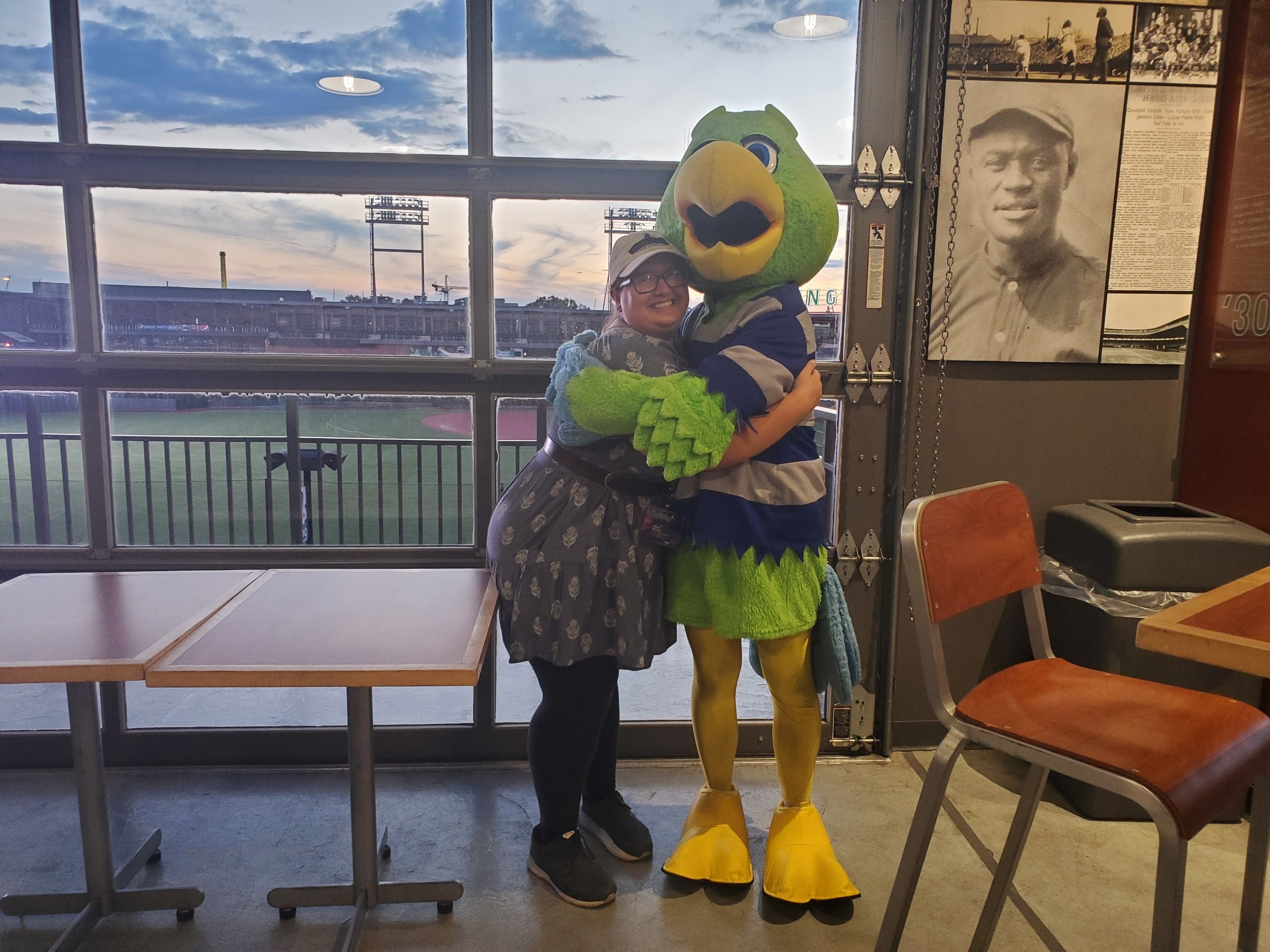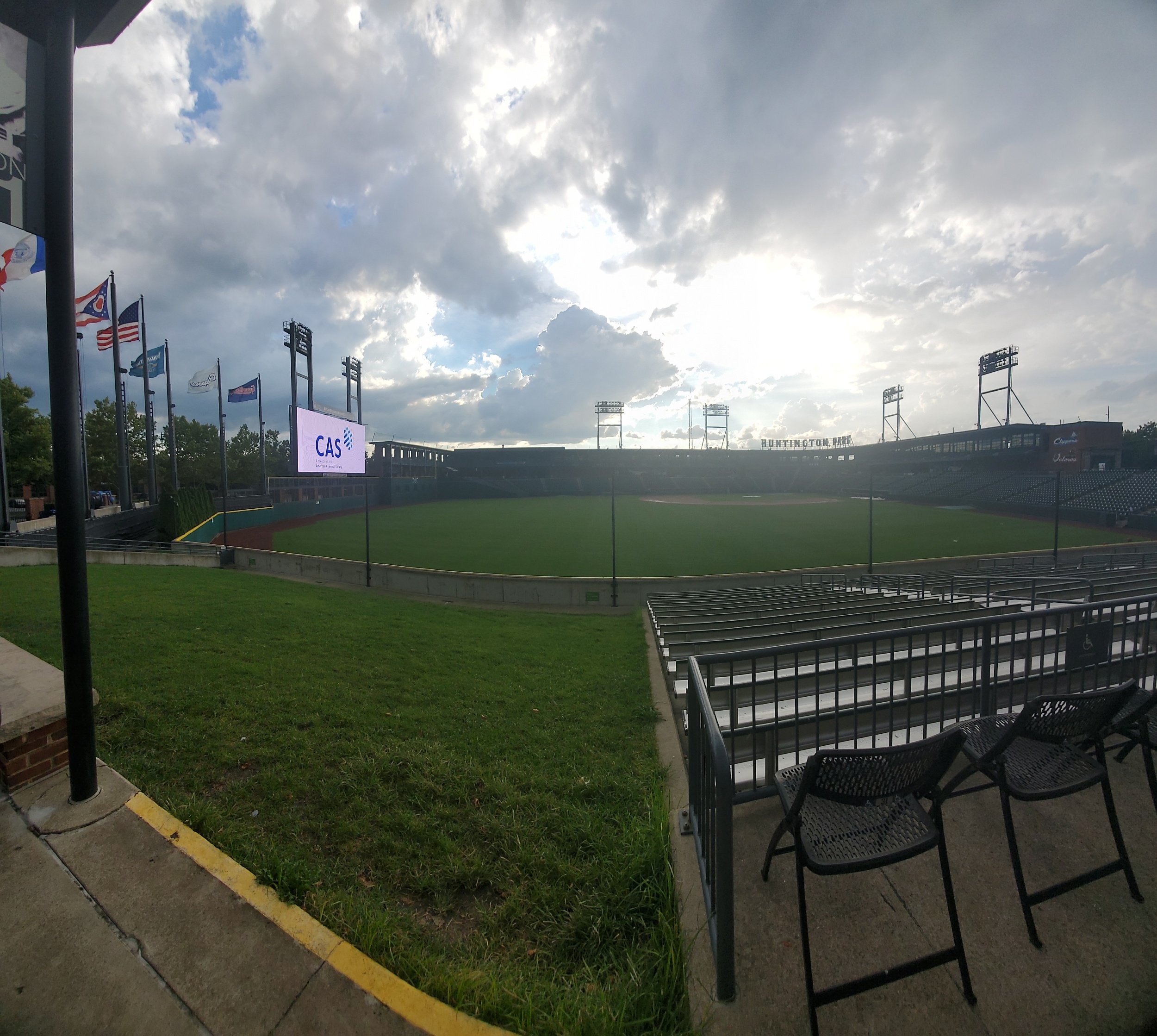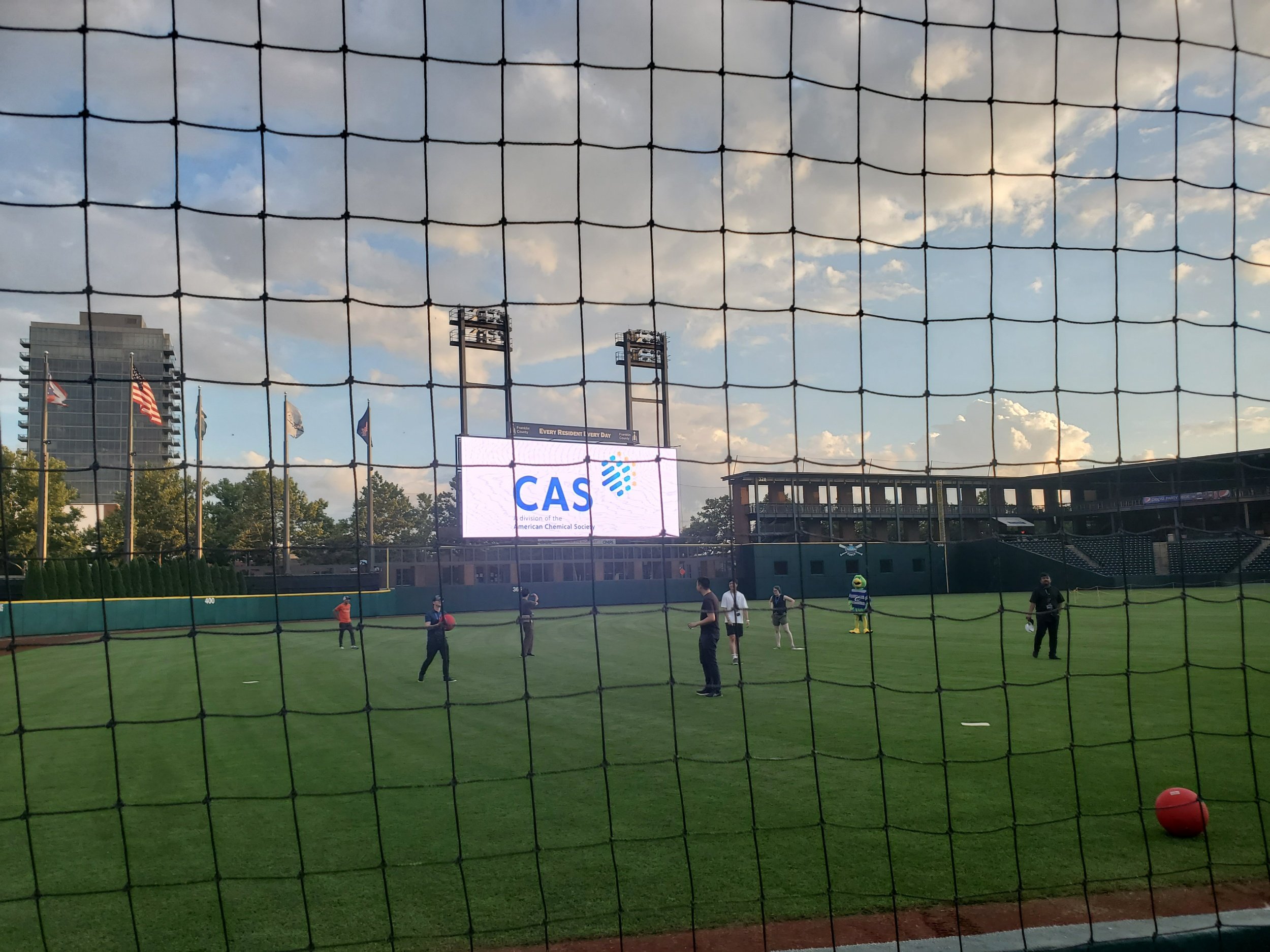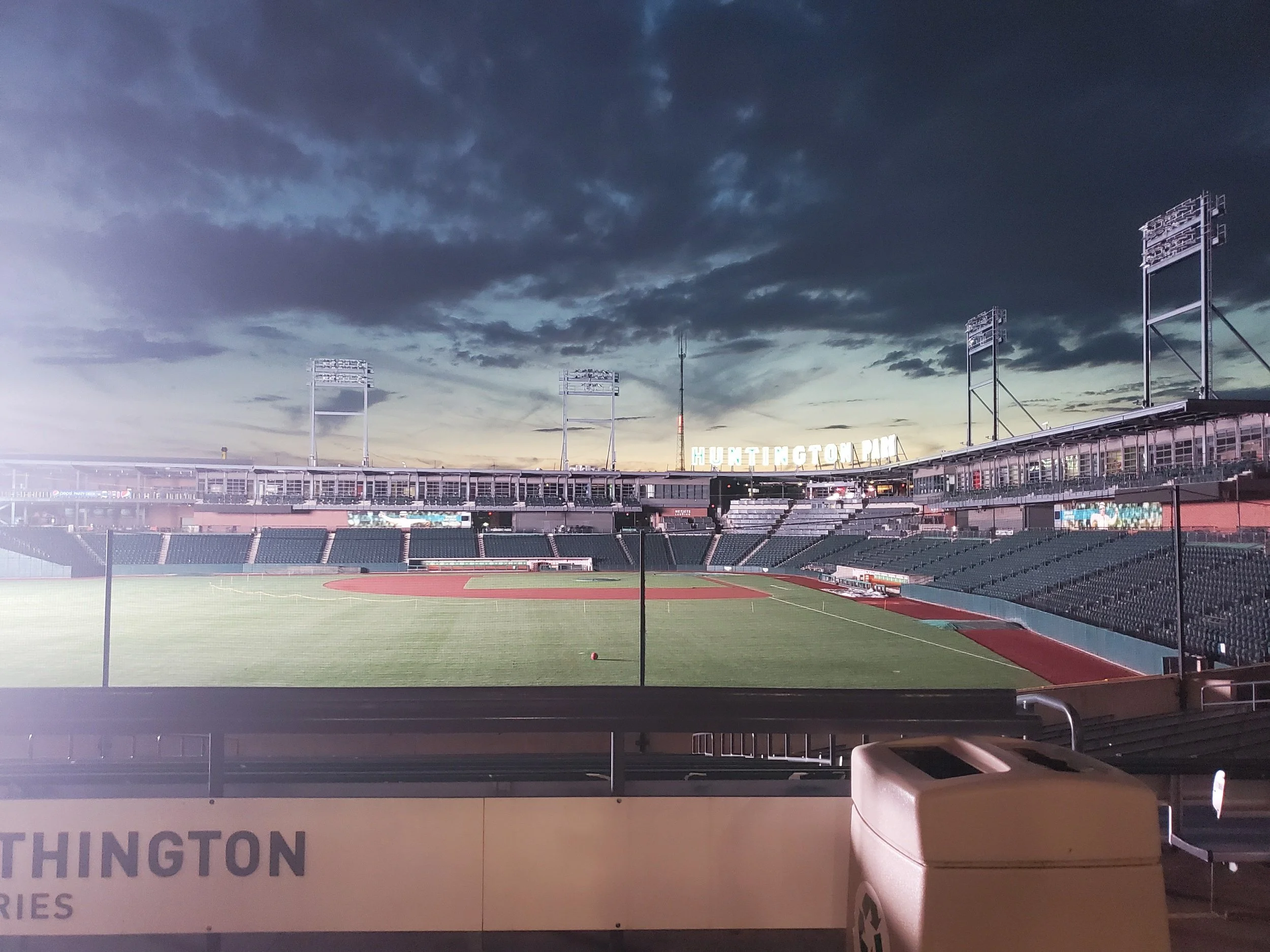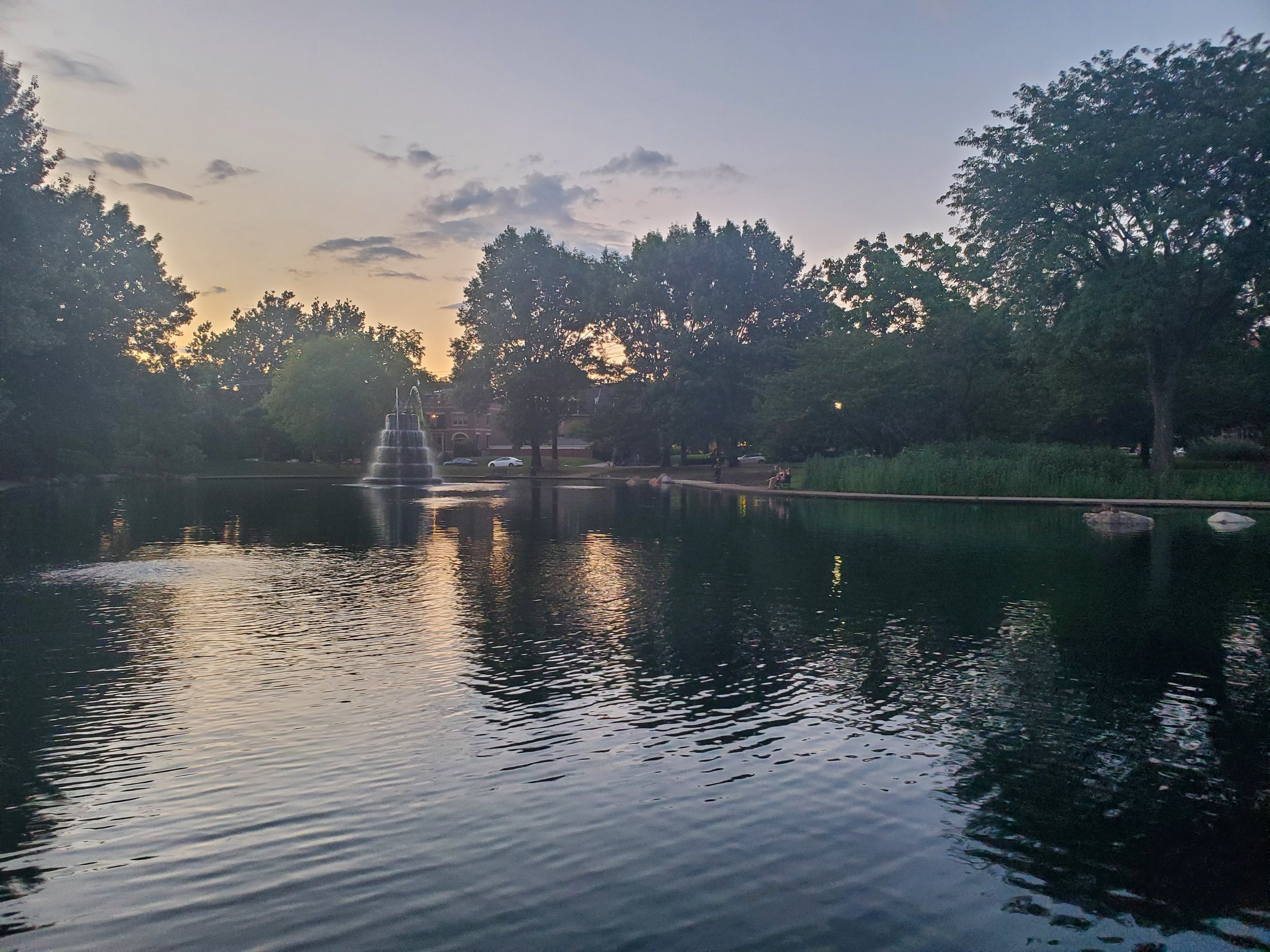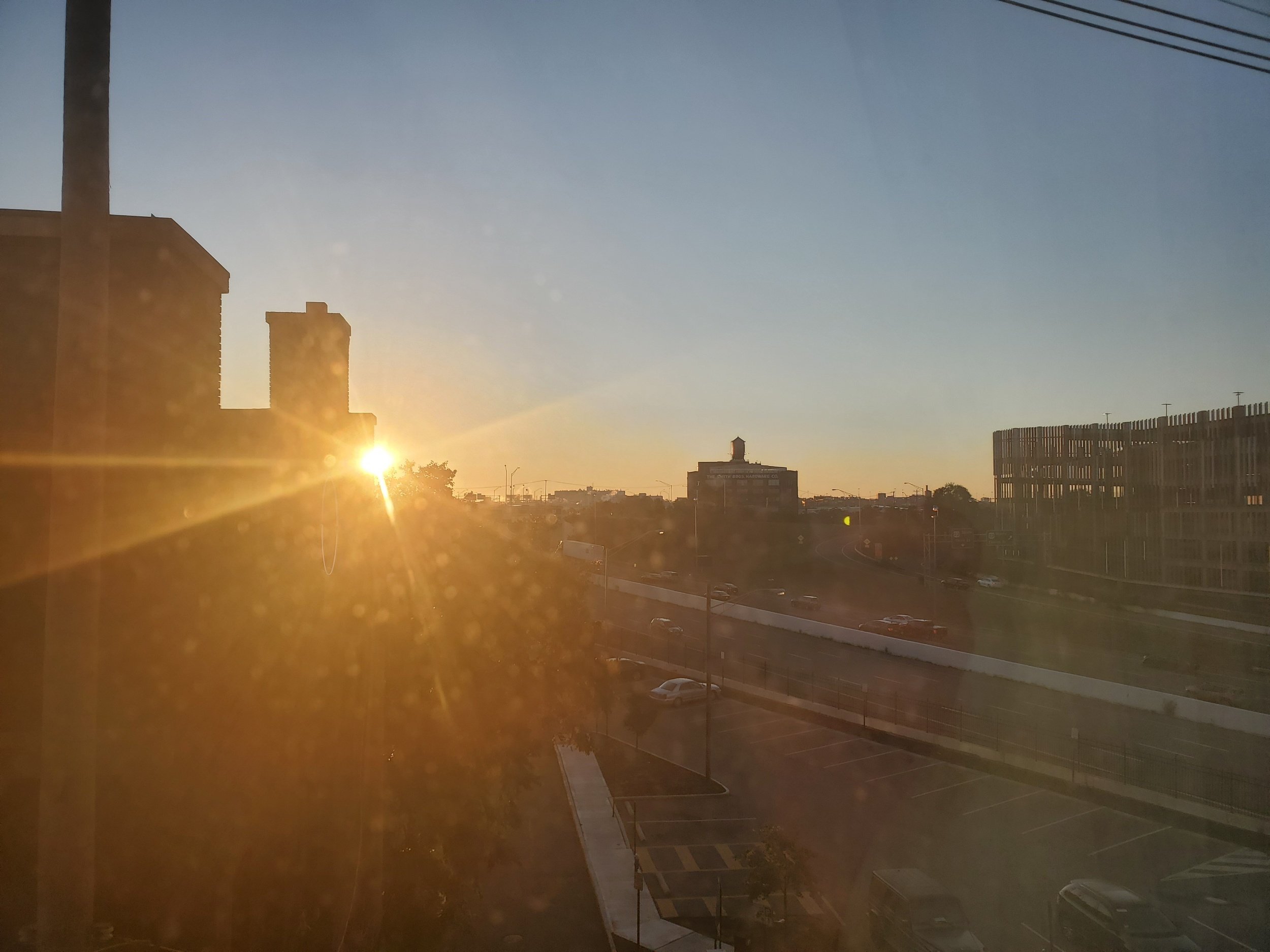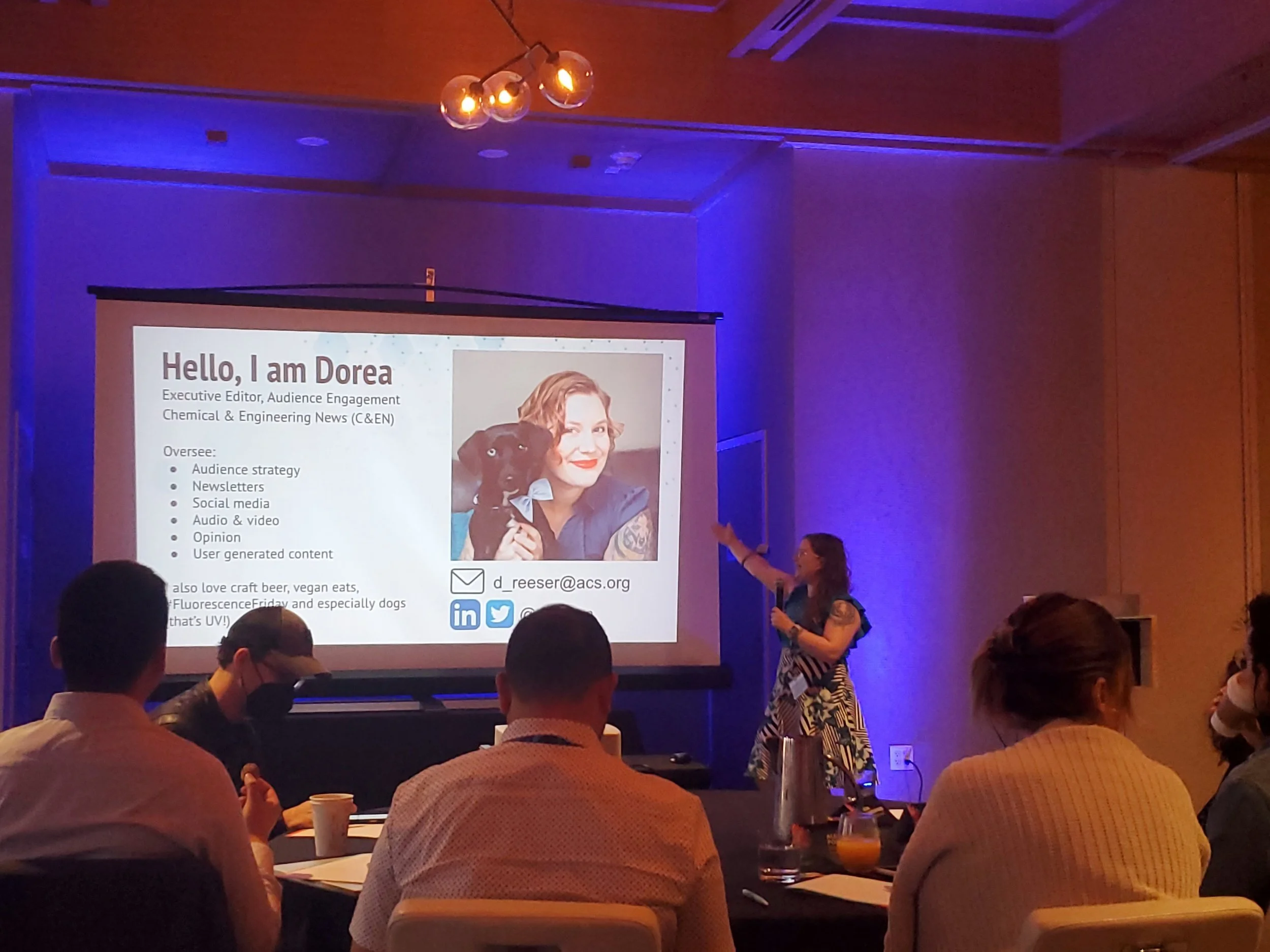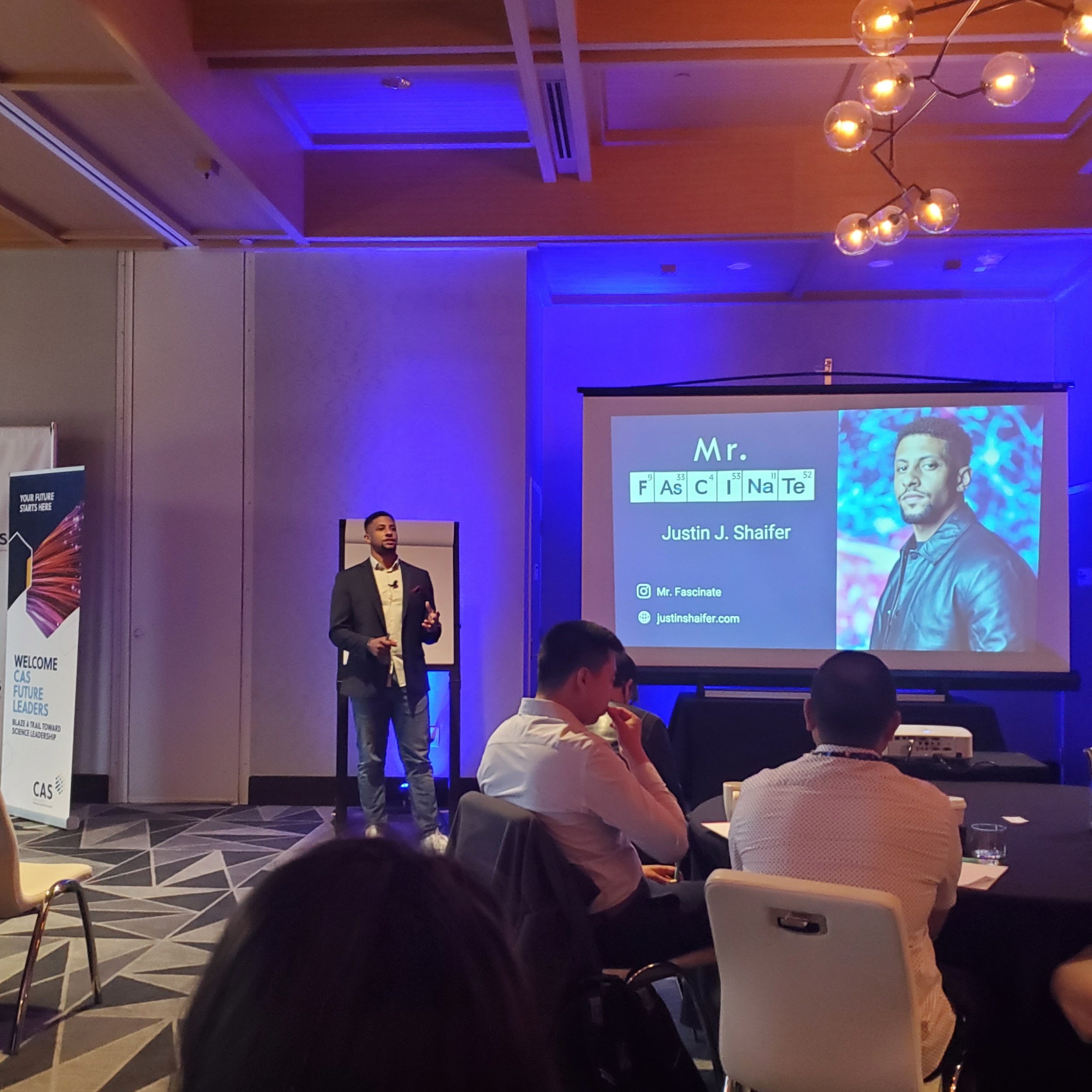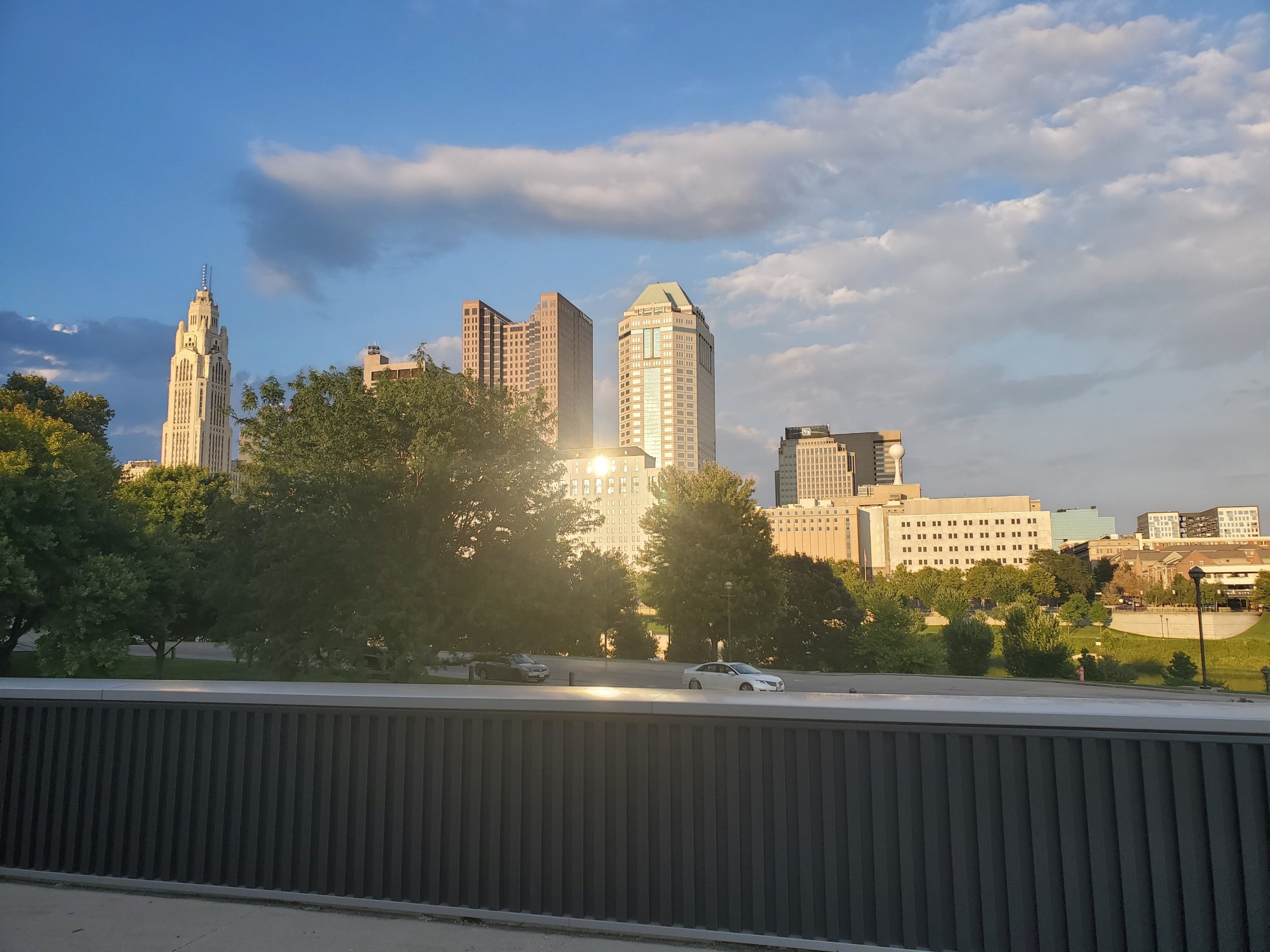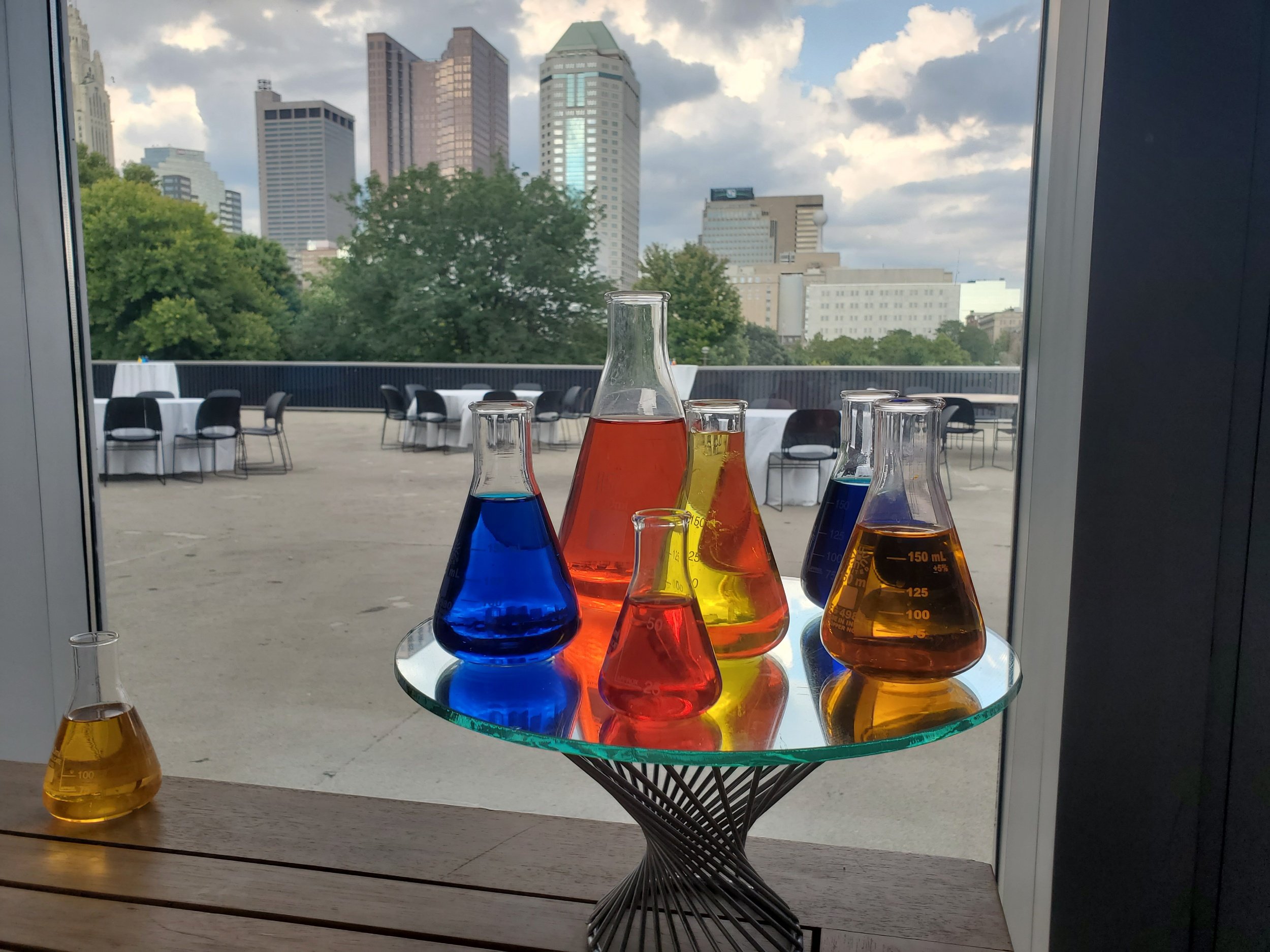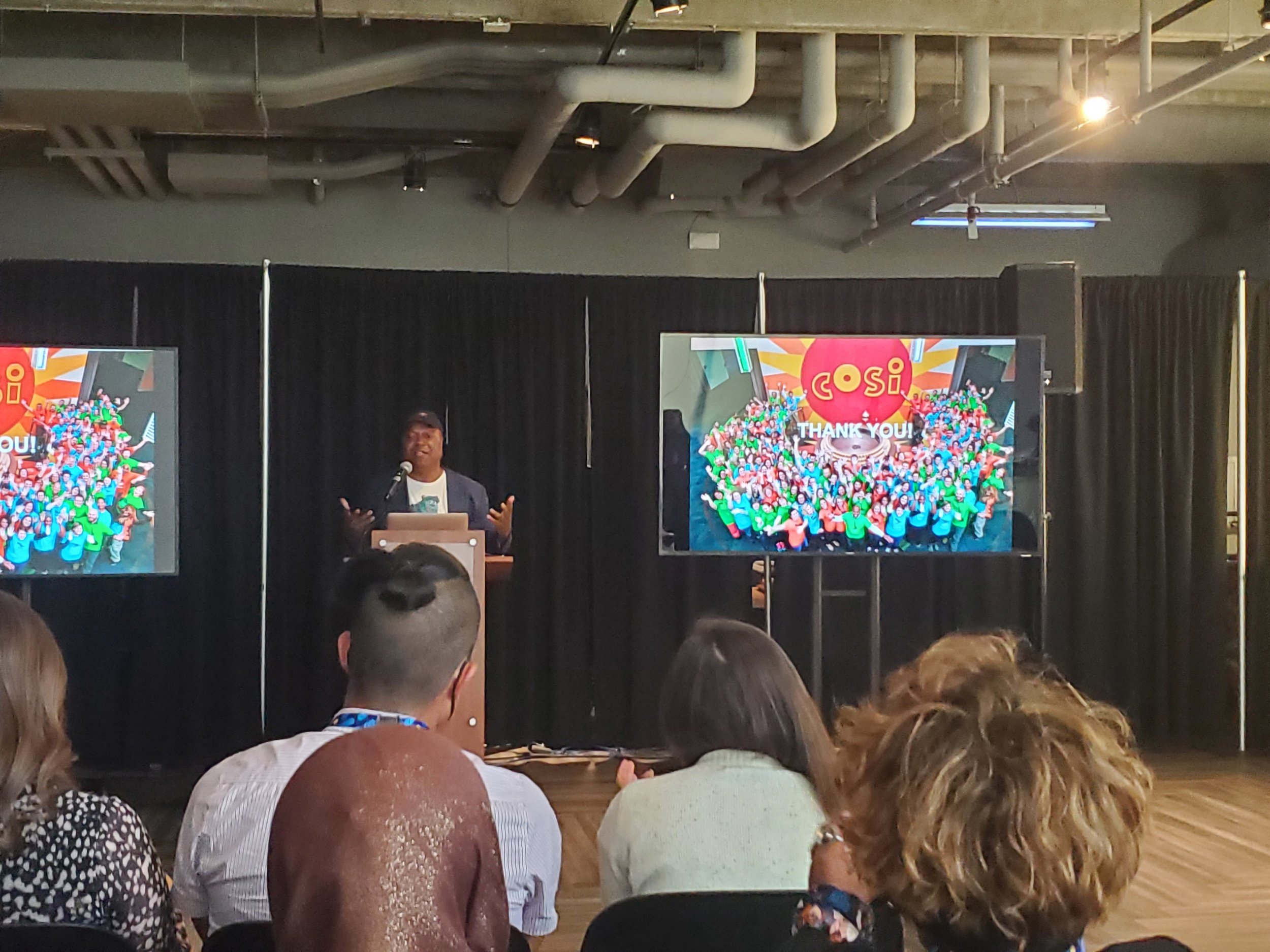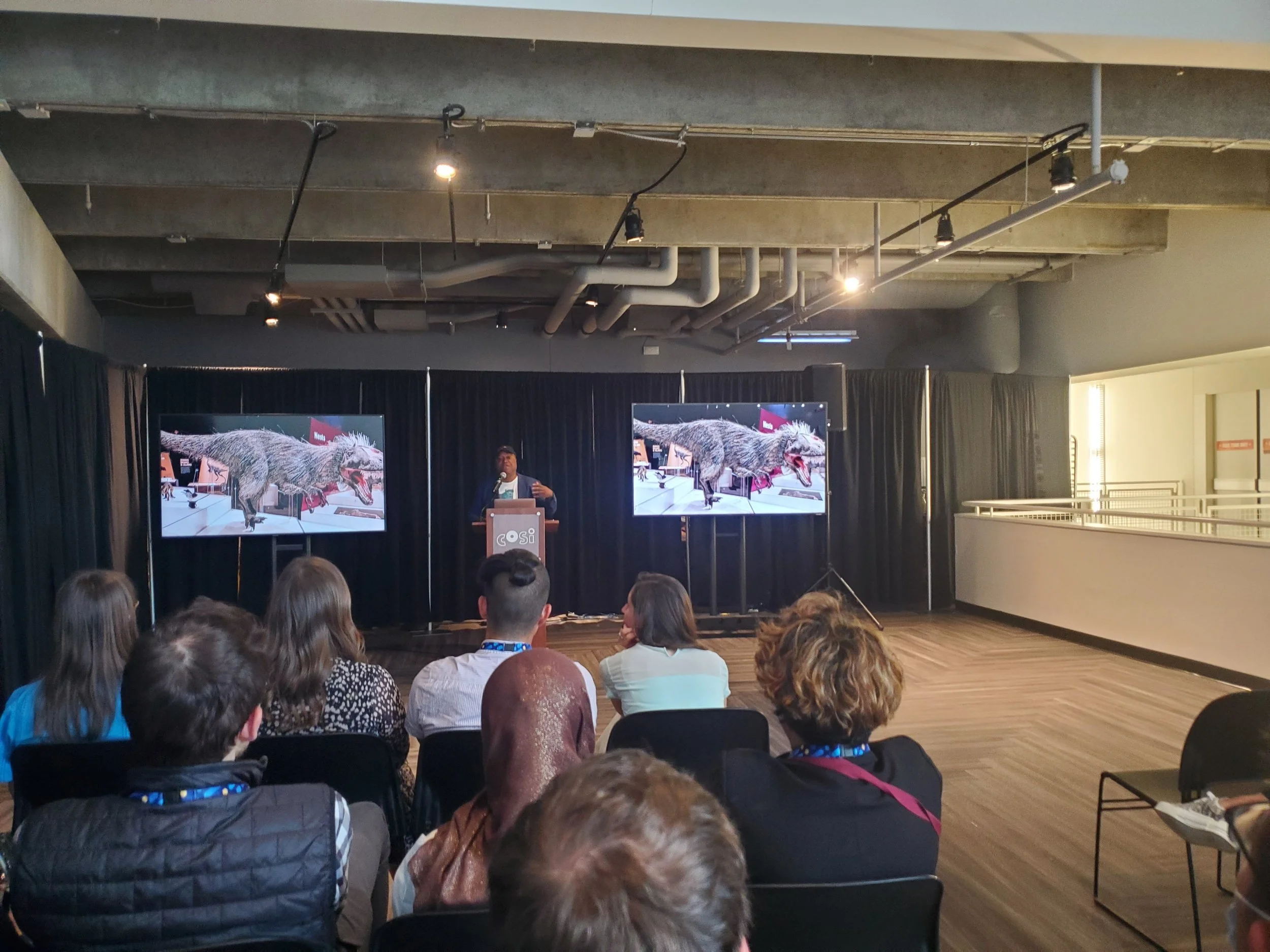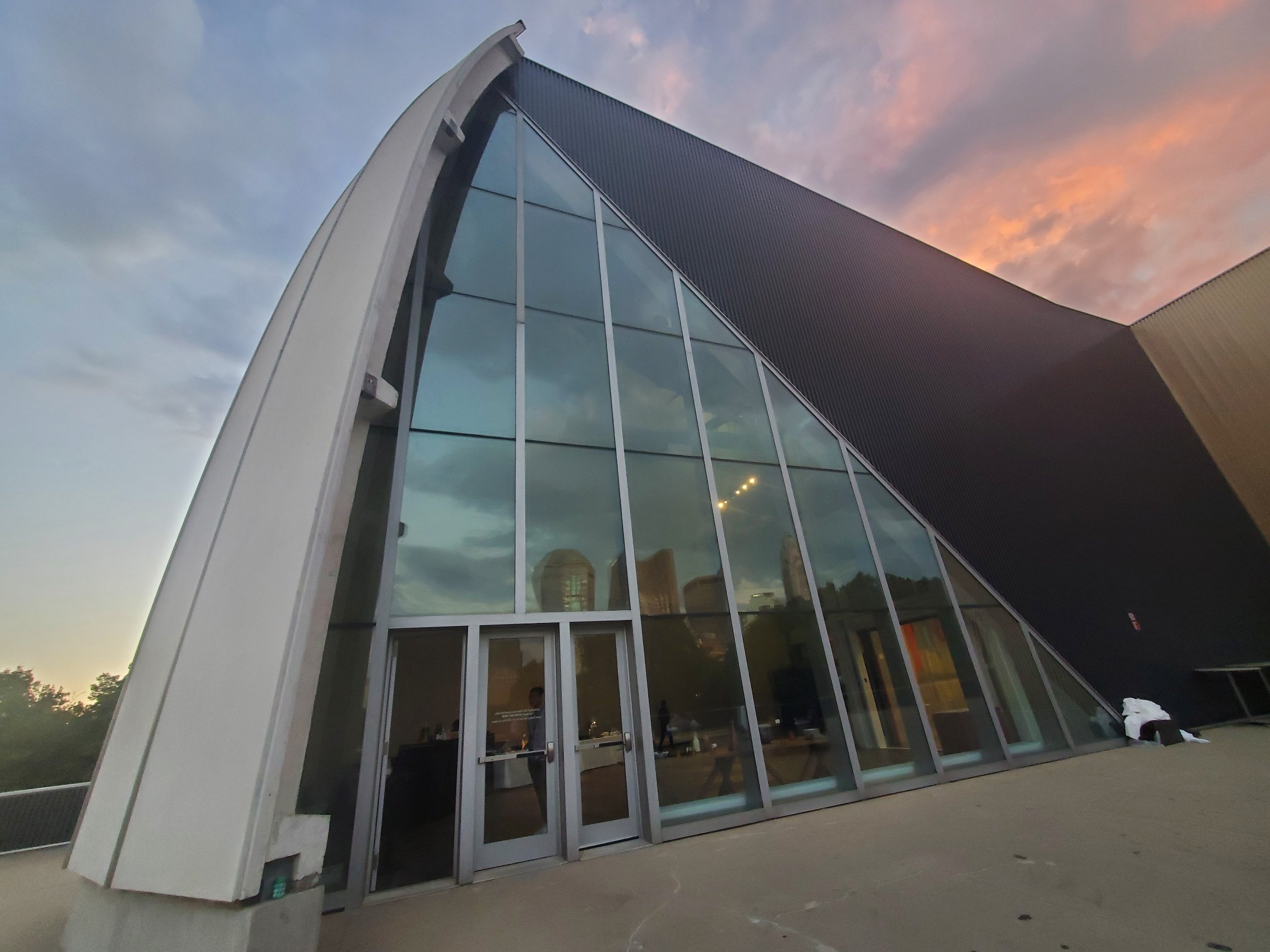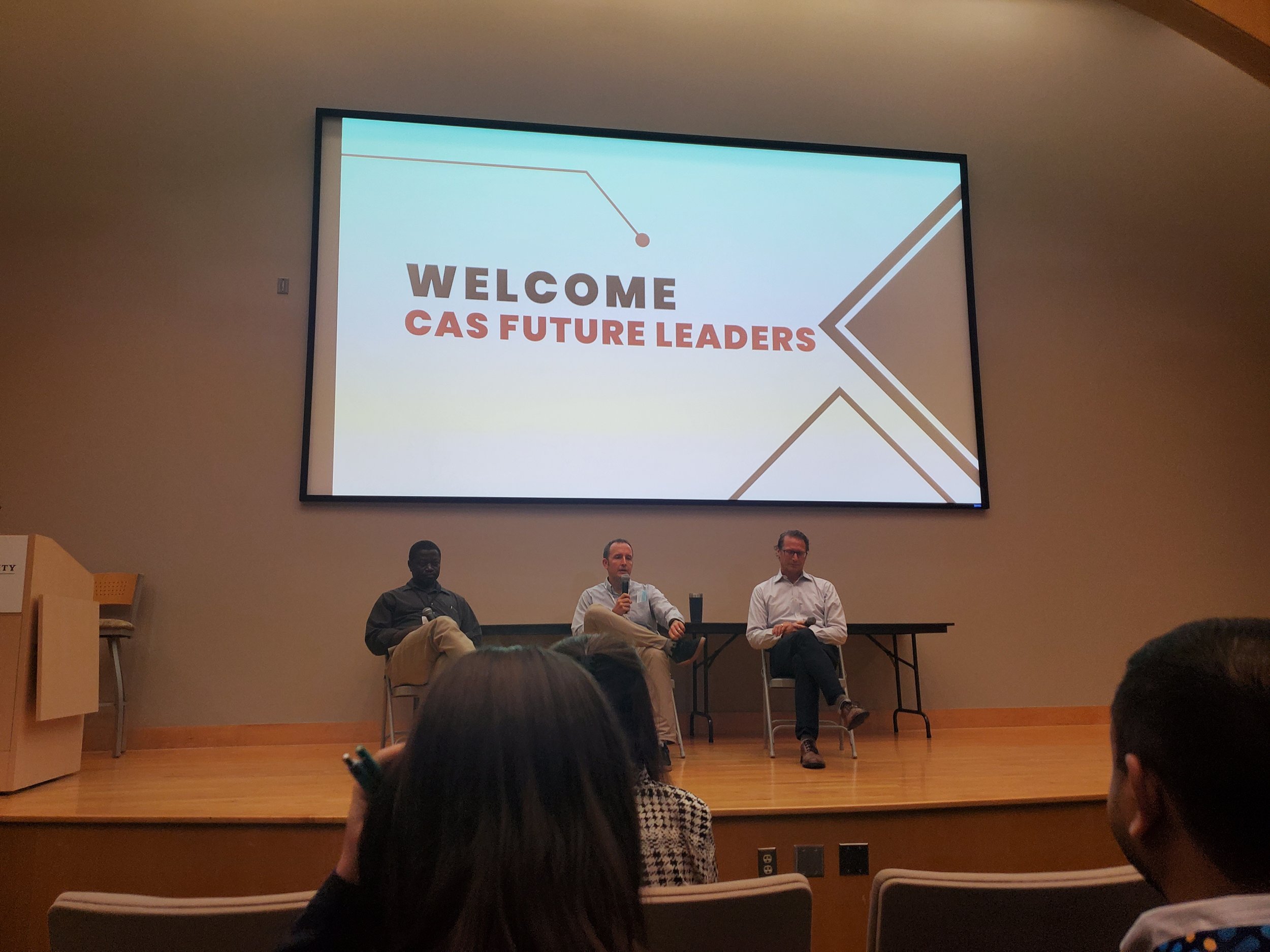The 2022 CAS Future Leaders Program
Olivia Wilkins
“Iced mocha with almond milk.”
I head over to the counter in the middle of the coffee shop flanked by brick walls to grab my drink. This is my fifth day in a row of getting caffeinated at One Line Coffee on High Street in Columbus. The barista even knew my order and began punching it in to her tablet, just in time for me to head out for Chicago tomorrow.
After four-and-a-half days of almost non-stop activity, I’m enjoying the opportunity to reflect on my experiences from the formal CAS Future Leaders Program as chill but bouncy music is transmitted by the speakers mounted in the corners of the high-walled café. I still have about another week of Future Leaders travel, but that programming will take the form of the Fall American Chemical Society (ACS) meeting.
I arrived to Columbus late Sunday and caught a cab ride with my fellow Leader Rajat, who happened to be stuck waiting for his luggage long enough for my delayed plane to arrive. We made it to The Kitchen, a participatory dining venue, just in time to catch the tail end of the first course: vegetable soup. After eating the delicious meal (including dessert) prepared by the rest of the Future Leaders cohort, we headed to what is probably the fanciest hotel I will ever stay in. Le Meridien Columbus, The Joseph, sits on High Street, which is lined by brick buildings housing upscale restaurants and boutiques. The hotel and all meals — including room-service breakfast — were covered by CAS (a division of the ACS), who didn’t hesitate to spoil us.
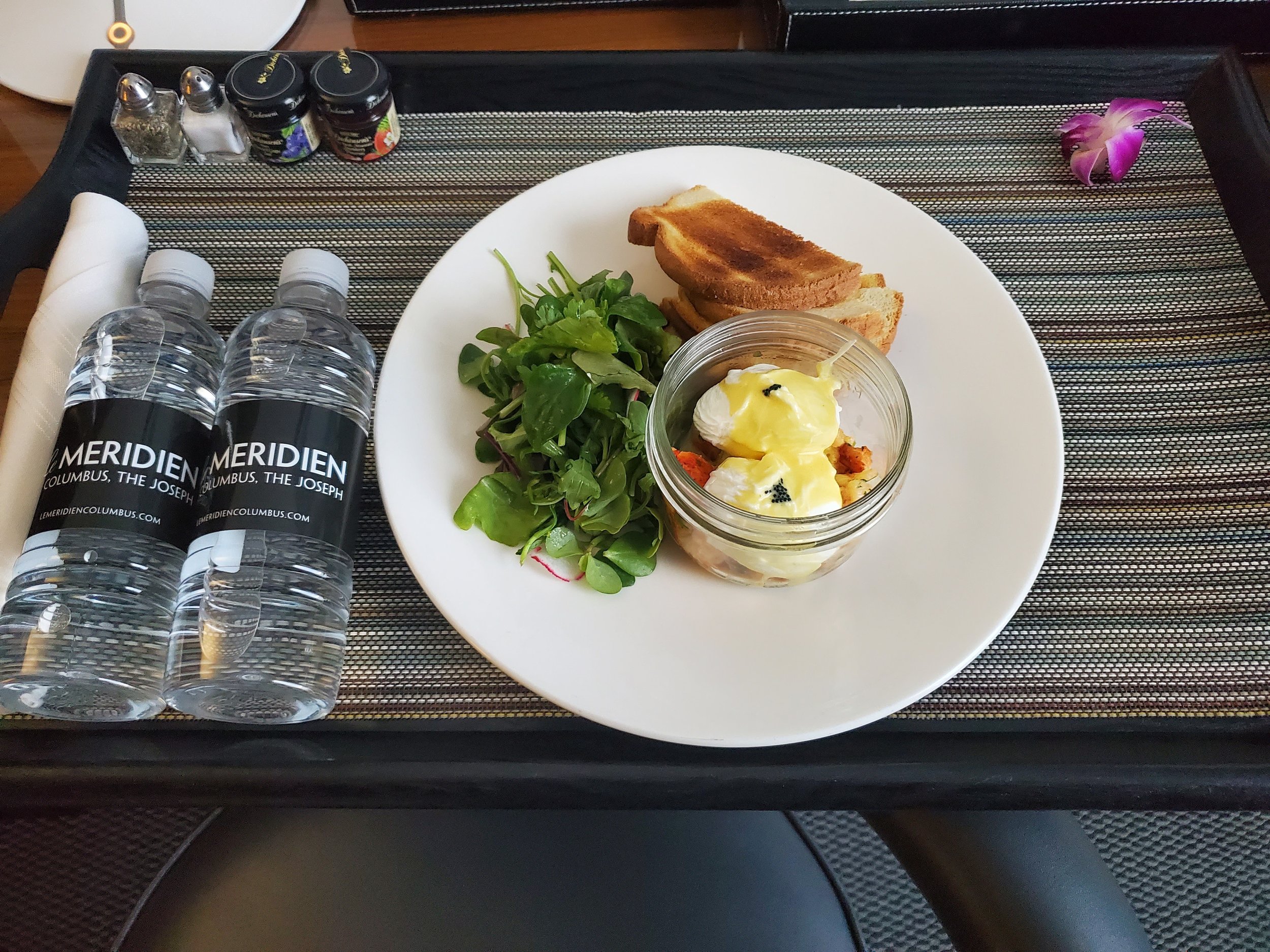

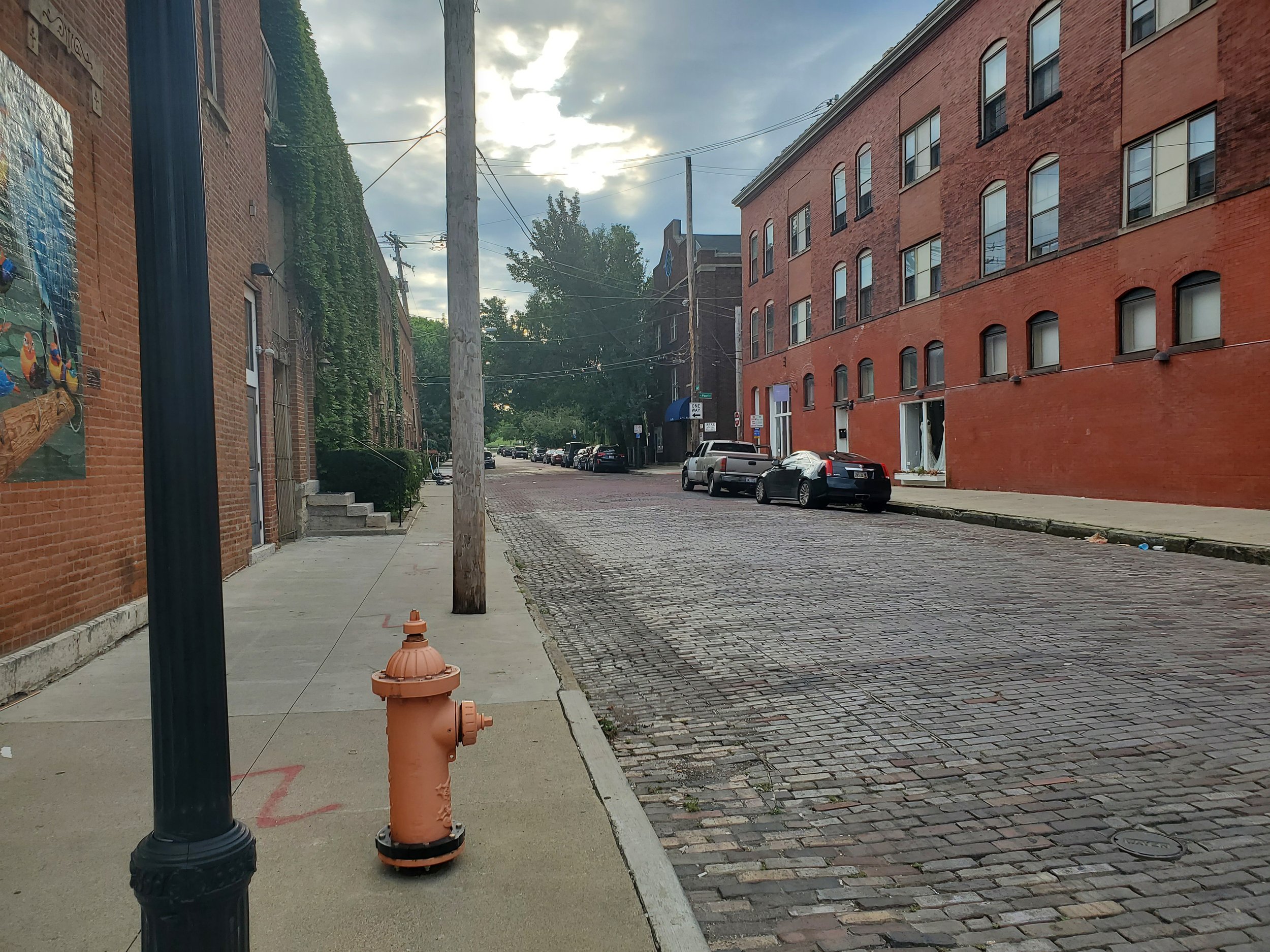
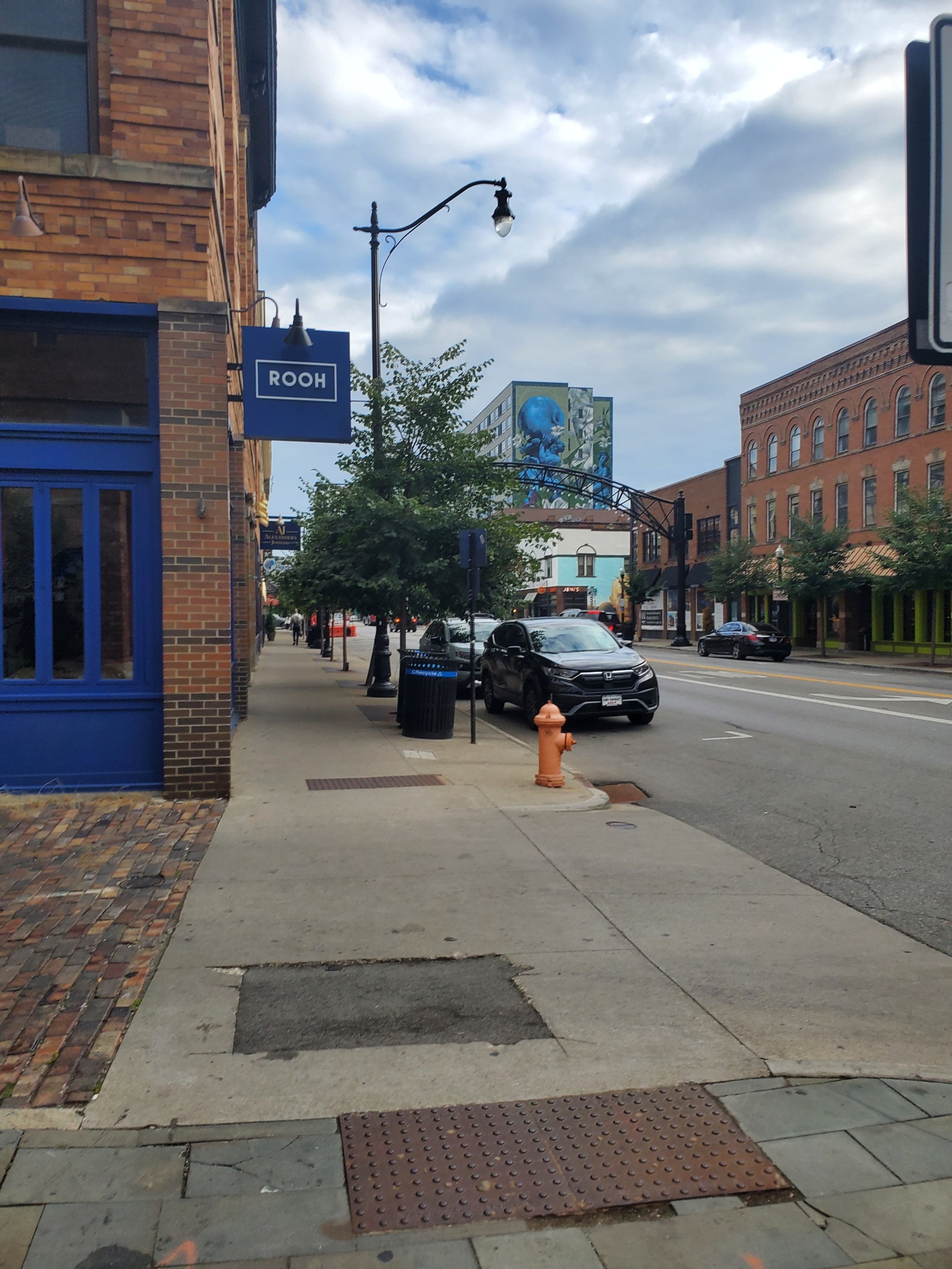
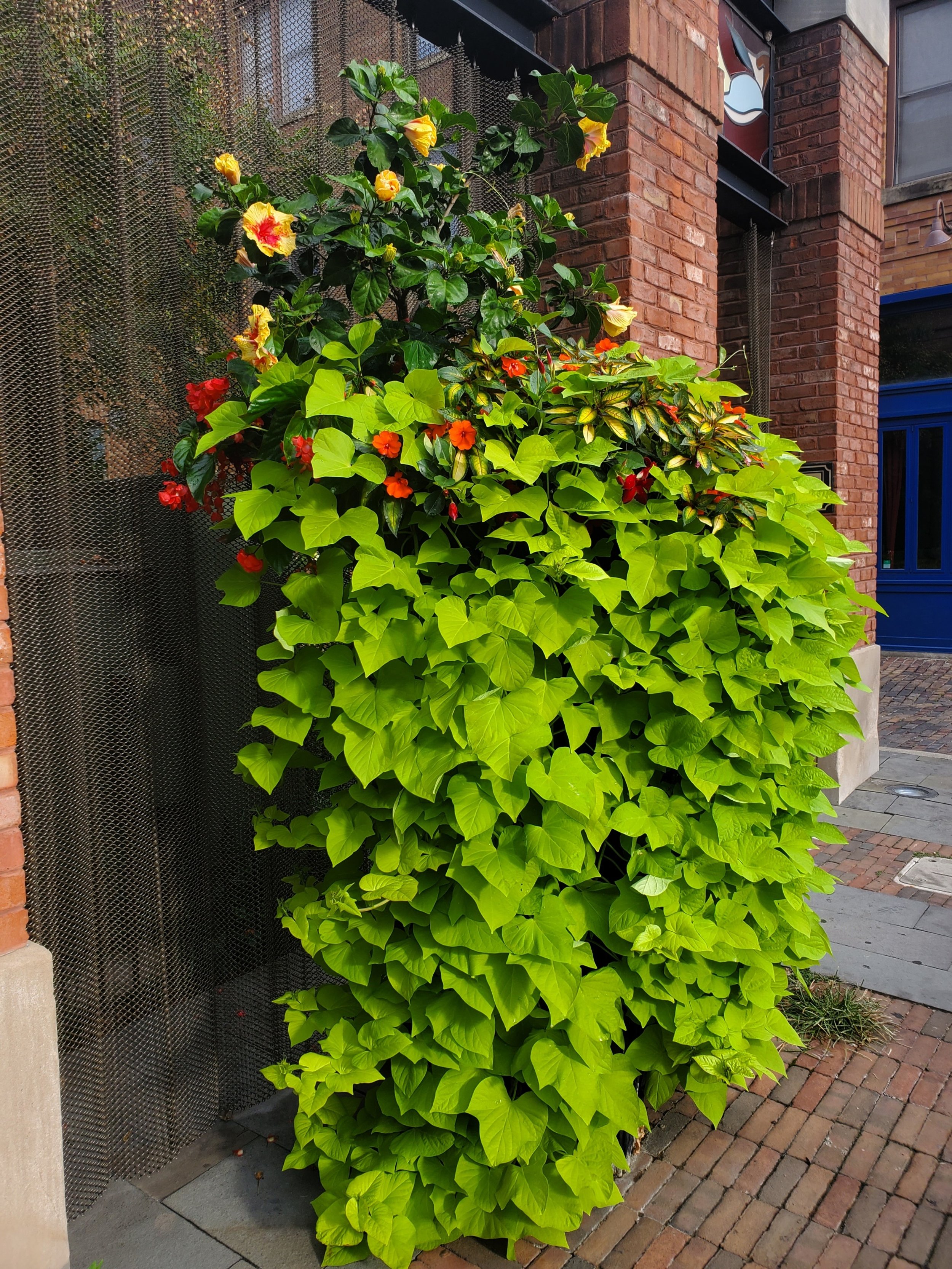
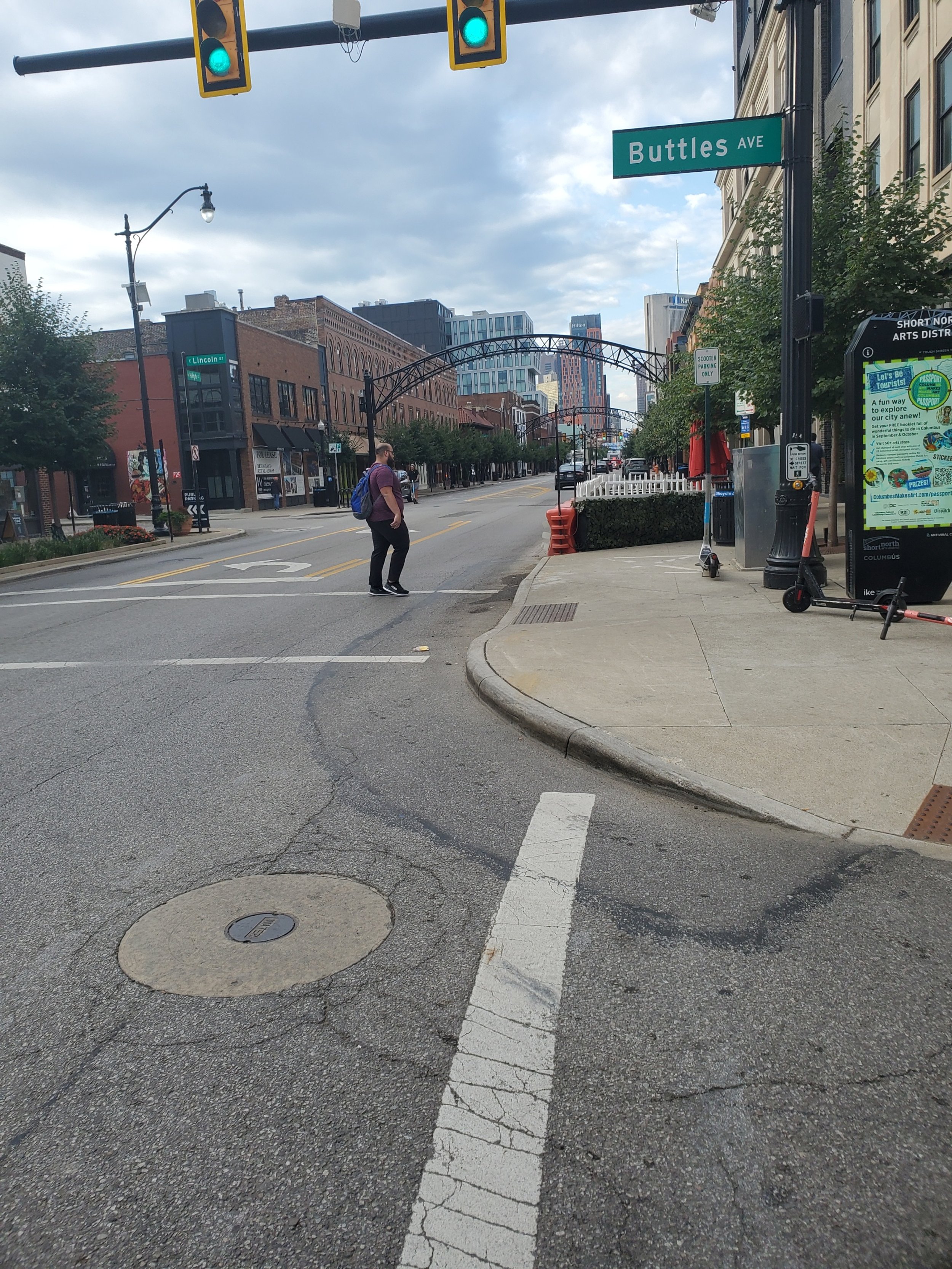


The first full day of the program, Monday, August 15, was filled by a workshop facilitated by The Story Collider. The Story Collider presents podcasts and live shows in which scientists share personal stories. During the workshop, we practiced sharing our own personal stories. I was excited to partner up with Kevin, who is currently in Switzerland but grew up in Germany, for the exercise. We learned about connecting with our audience by zooming in (getting in your head) and out and using summaries (big picture) and scene (descriptive segments of a specific time or place) to help transport them into our experiences. I had a great time hearing stories from Kevin as well as from Richard and Steven, and it was amazing how throughout the day, we learned skills to transport our audience, even within the span of a five-minute story.
That evening, we headed over to CAS headquarters for a poster session to share our work with CAS staff. We ended by going to Huntington Park, home to the Columbus Clippers Minor League Baseball team. I don’t even like baseball but I had an amazing time. We ate dinner overlooking the empty stadium while the mascots Krash (a green parrot) and LouSeal (…well… a seal, obviously). As the Sun set, we headed down to the seats to play kickball. I was exhausted, however, and didn’t feel much like running. But I enjoyed watching my fellow chemists on the field. Laura, Erin, Aliks, and I cheered on as Stanna dominated on the field and looked on in amazement as Peter — the coordinator for the CAS Future Leaders program — caught every other ball kicked by the other team.
The second day revolved around the theme of “Insights.” We headed to CAS headquarters once again to hear from leaders in ACS membership and publications about how to leverage these resources. I was especially surprised to hear (from Daniel Kulp, Senior Director for Editorial Development for ACS Publications) that only about ~35% of manuscripts submitted to ACS Publications end up being accepted and published. This means that about two-thirds of manuscripts are ultimately rejected. This made me, as someone who has had a manuscript be rejected, feel much better about the publication process.
The rest of the day gave us a look at SciFindern — a chemical research tool and literature database — from the perspective of the CAS scientists who work on it and develop it. Julie Dziewlawa (Editorial Scientist) demonstrated how she and her team curate and analyze scientific literature from around the world to build the CAS Content CollectionTM. We also learned about different tools within the program and heard from product managers about how the program has evolved. We even got a sneak peek at some upcoming features to be released to the program in the coming months.
The most fascinating part of the day at CAS was a tour of the organization’s server rooms. We got to see its cooling systems and UPS (uninterrupted power supply) systems, as well as large 2800 horsepower diesel generators hooked up to a 10,000-gallon fuel tank (safely outside). In case the site ever lost utility power for an extended period of time, the UPS systems would kick in so the servers never turned off, and the power would roll over to being fueled by the generators rather than the electrical power grid.
If the UPS systems and diesel generators were huge, the server room was MASSIVE. It was amazing how much computing power fit into the building to support just one chemical research tool. The room was also set up to efficiently circulate air, with the front of the servers facing air conditioning vents in the floor that cycled cool air in and released hot air out the back, with that air heading up to vents in the ceiling before being cycled back through the system. What was most remarkable, I think, was walking through one of these hot alleyways and reading the thermometer mounted on the back of one of the server racks: ~110 degrees Fahrenheit.
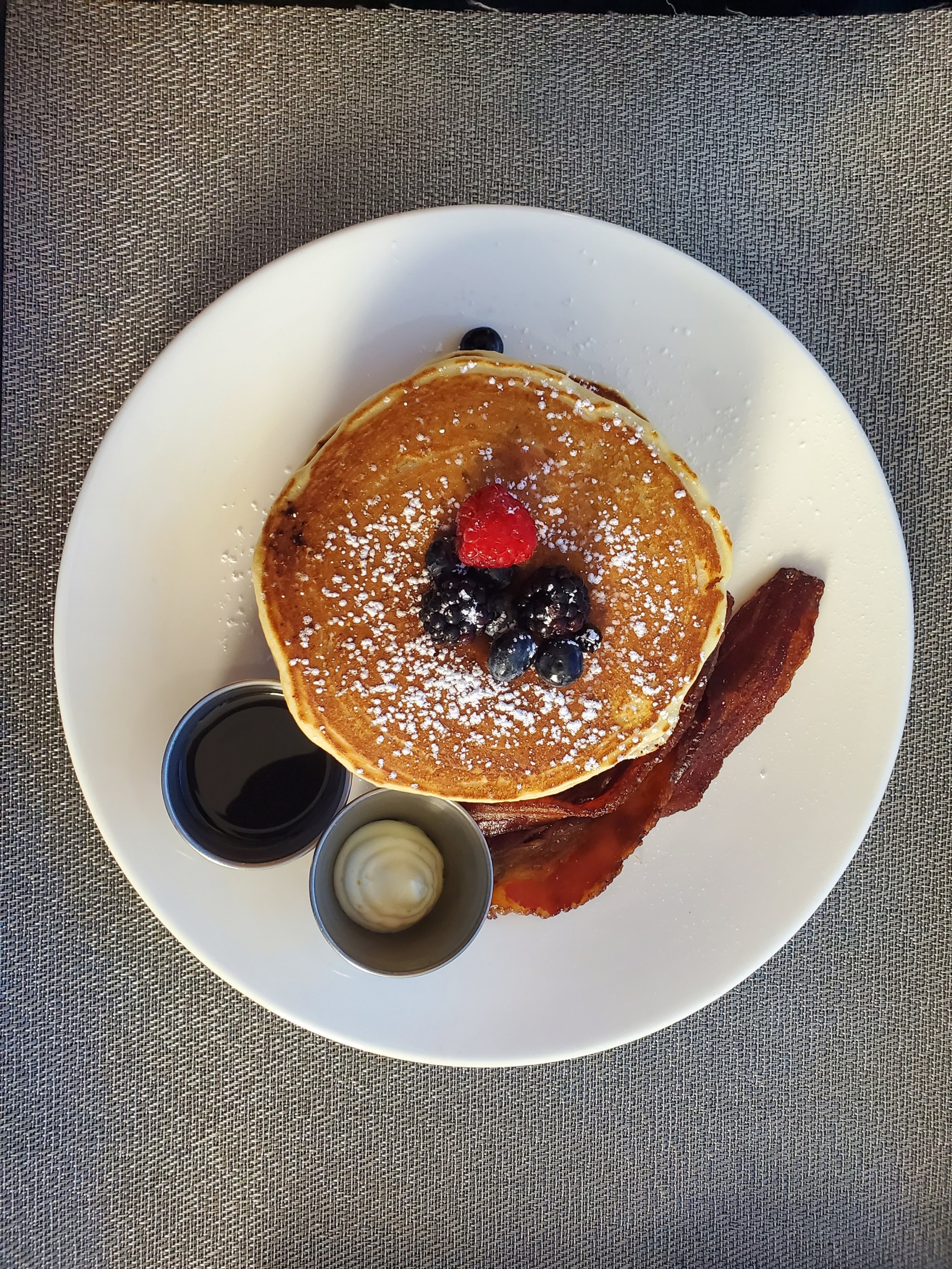
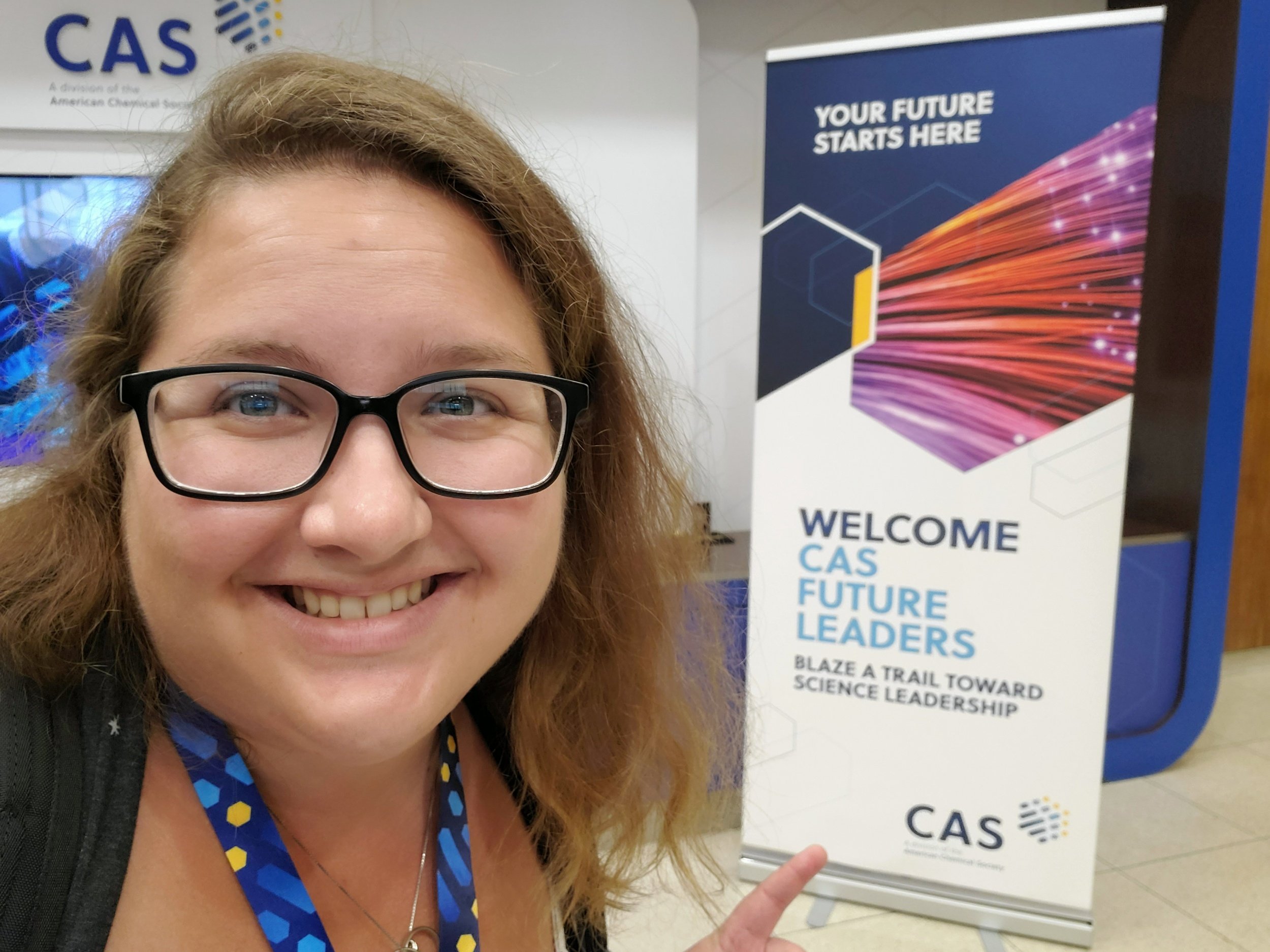
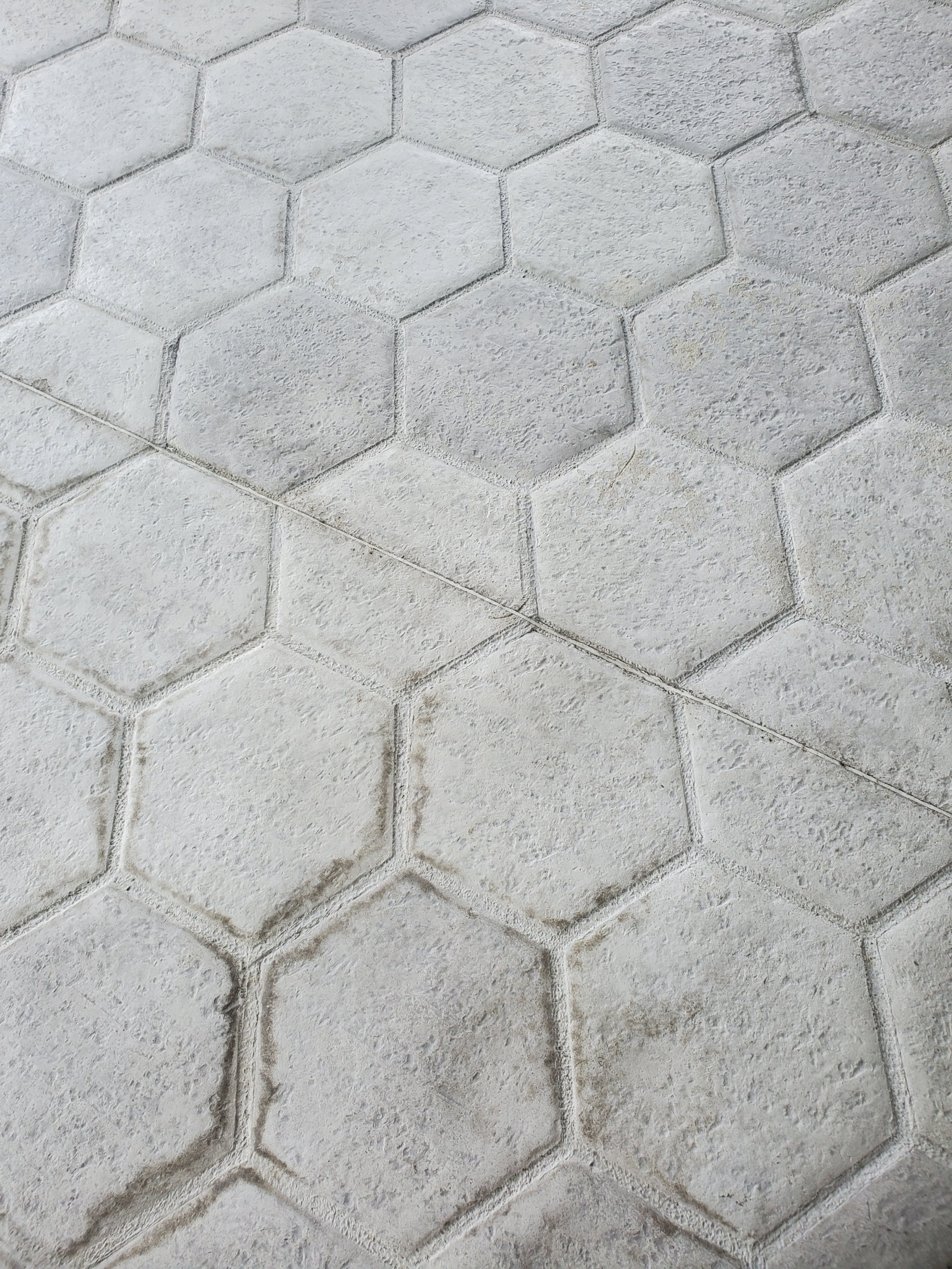


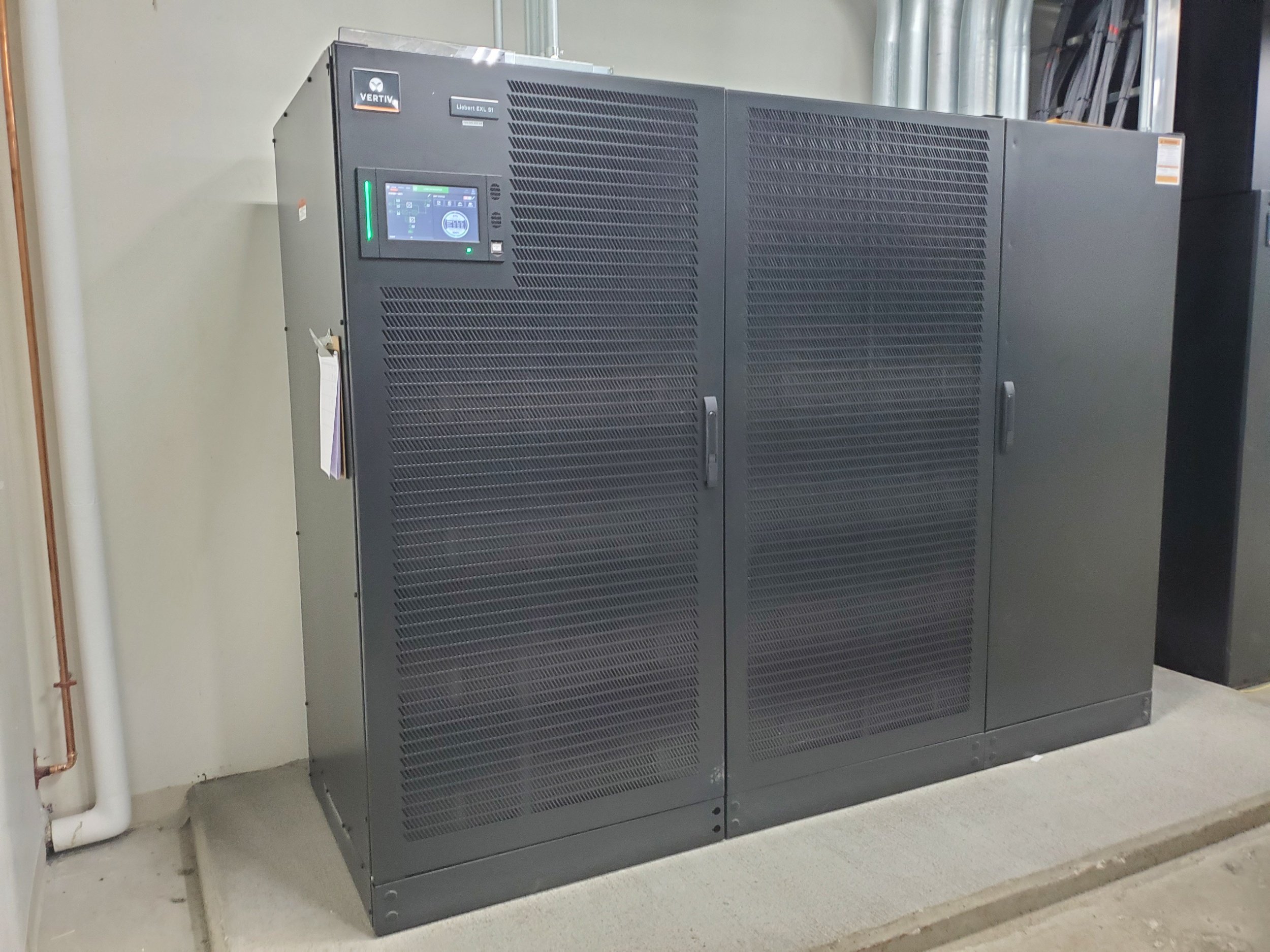
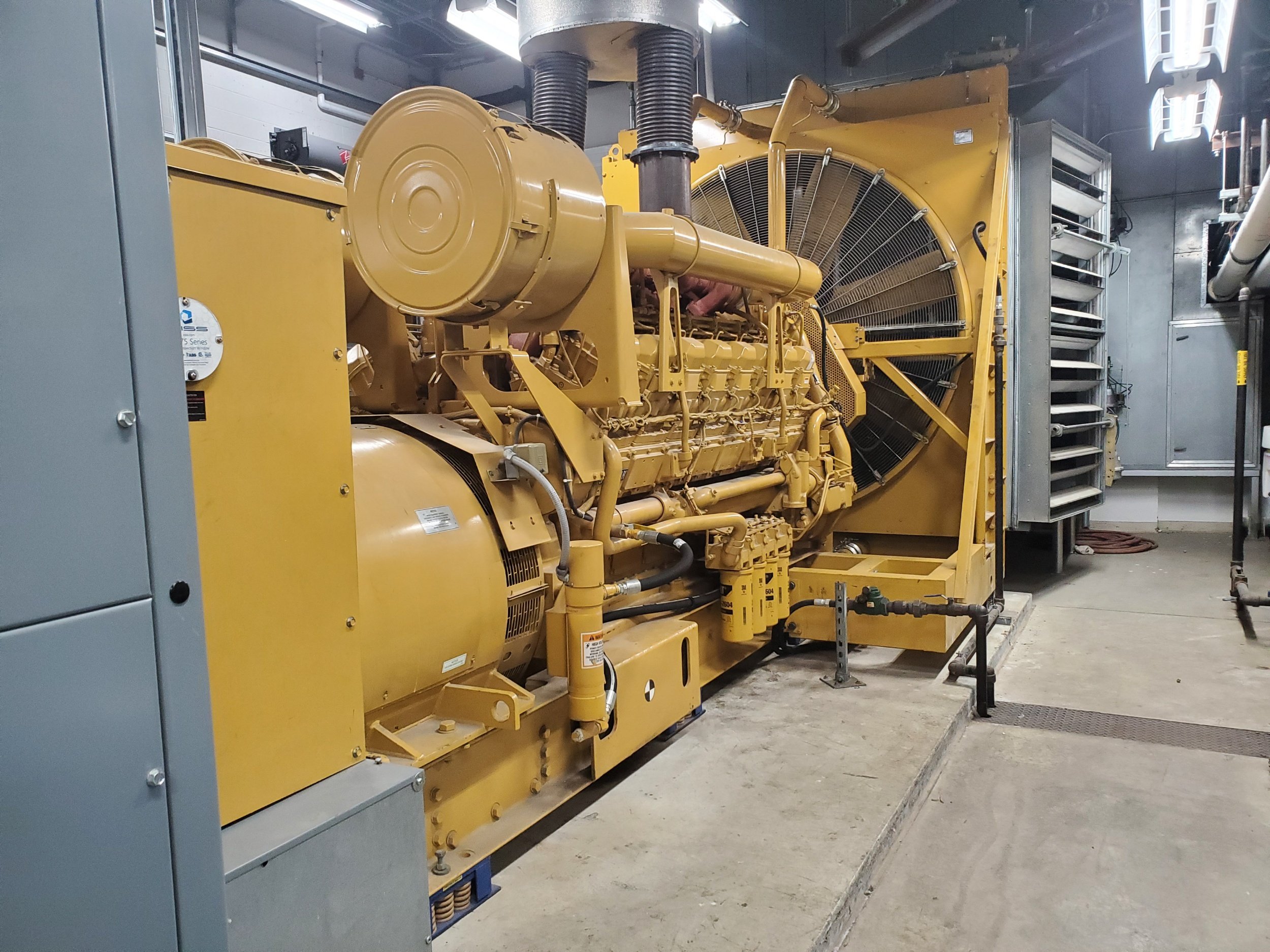
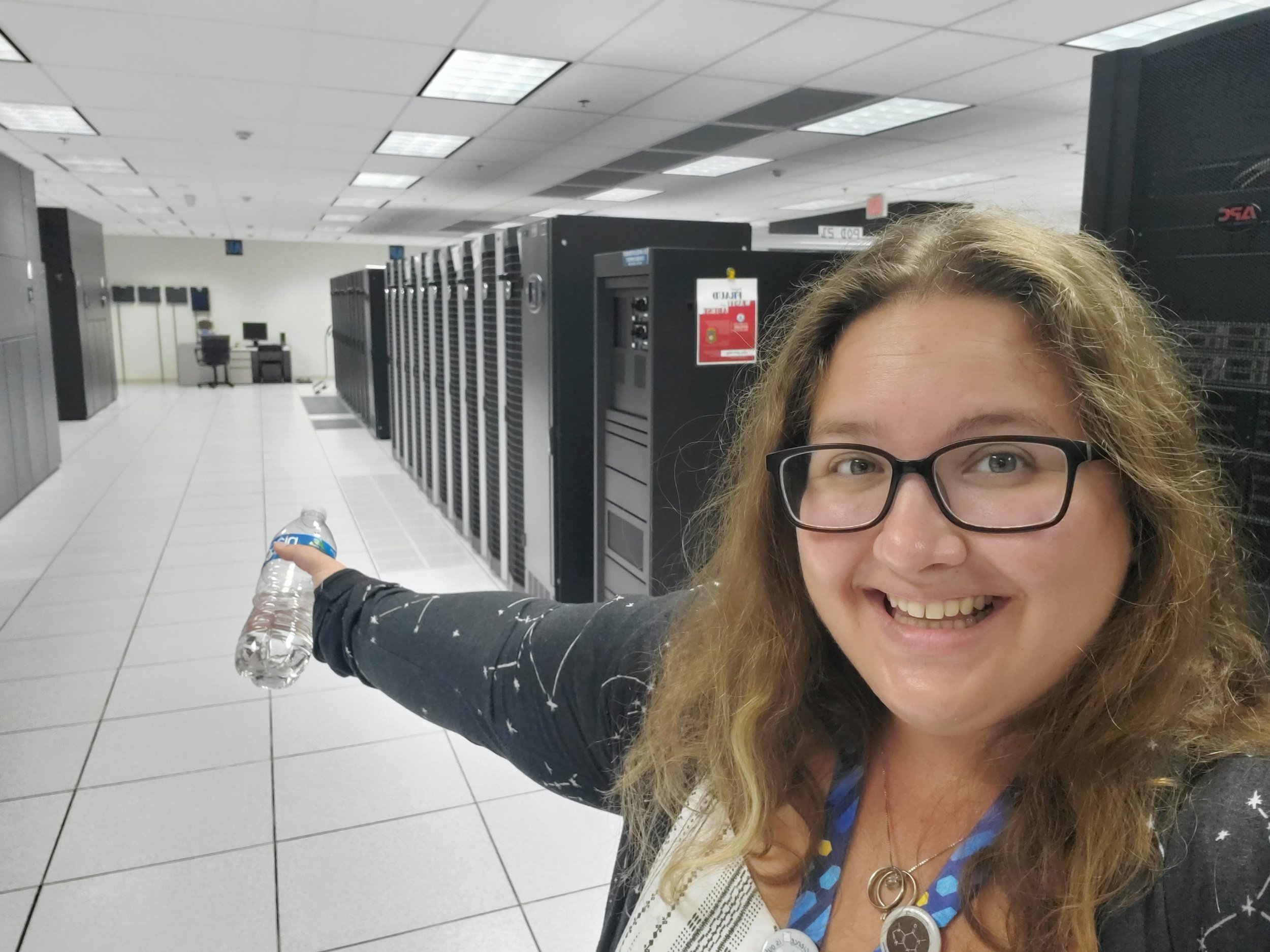
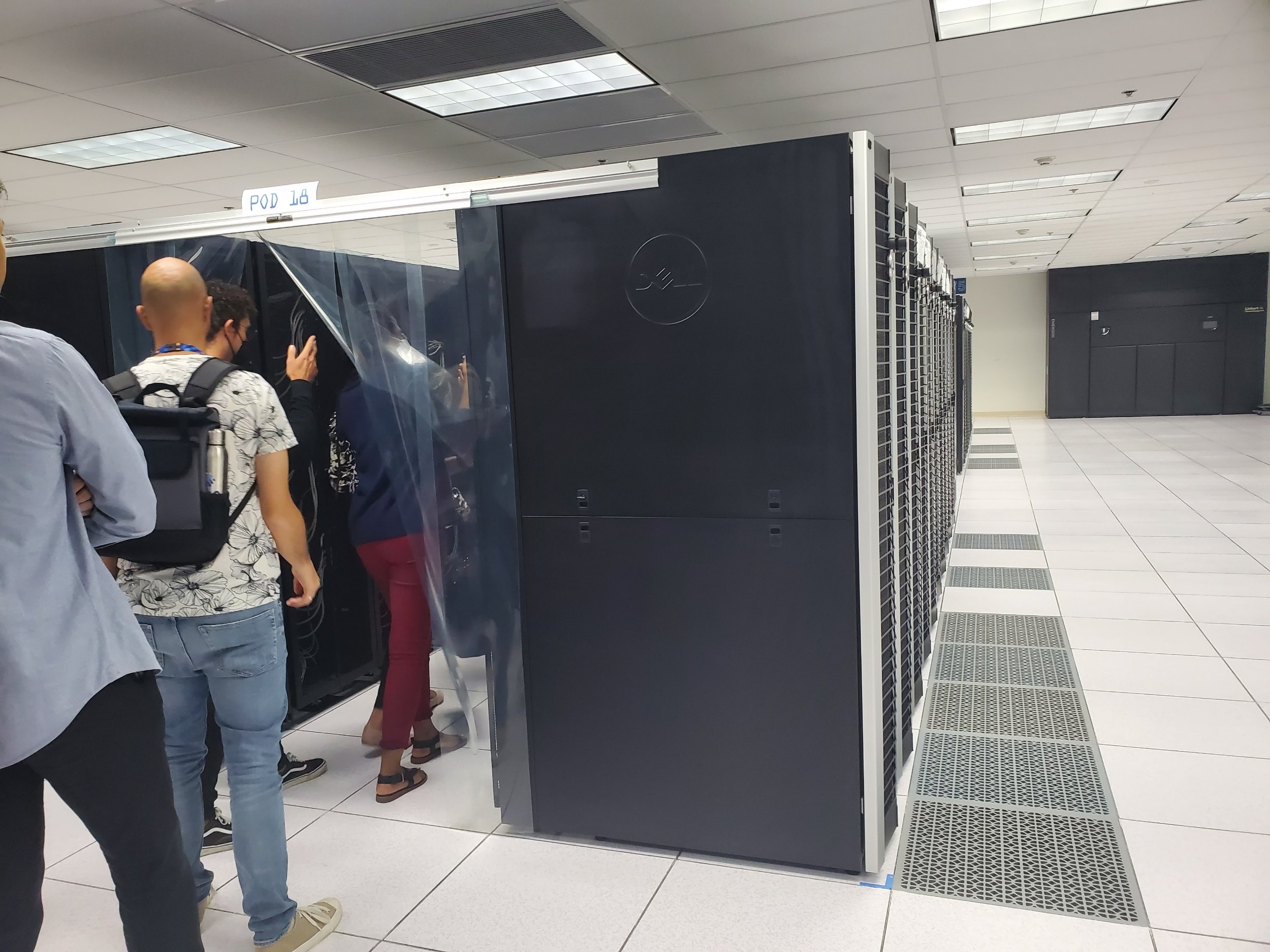
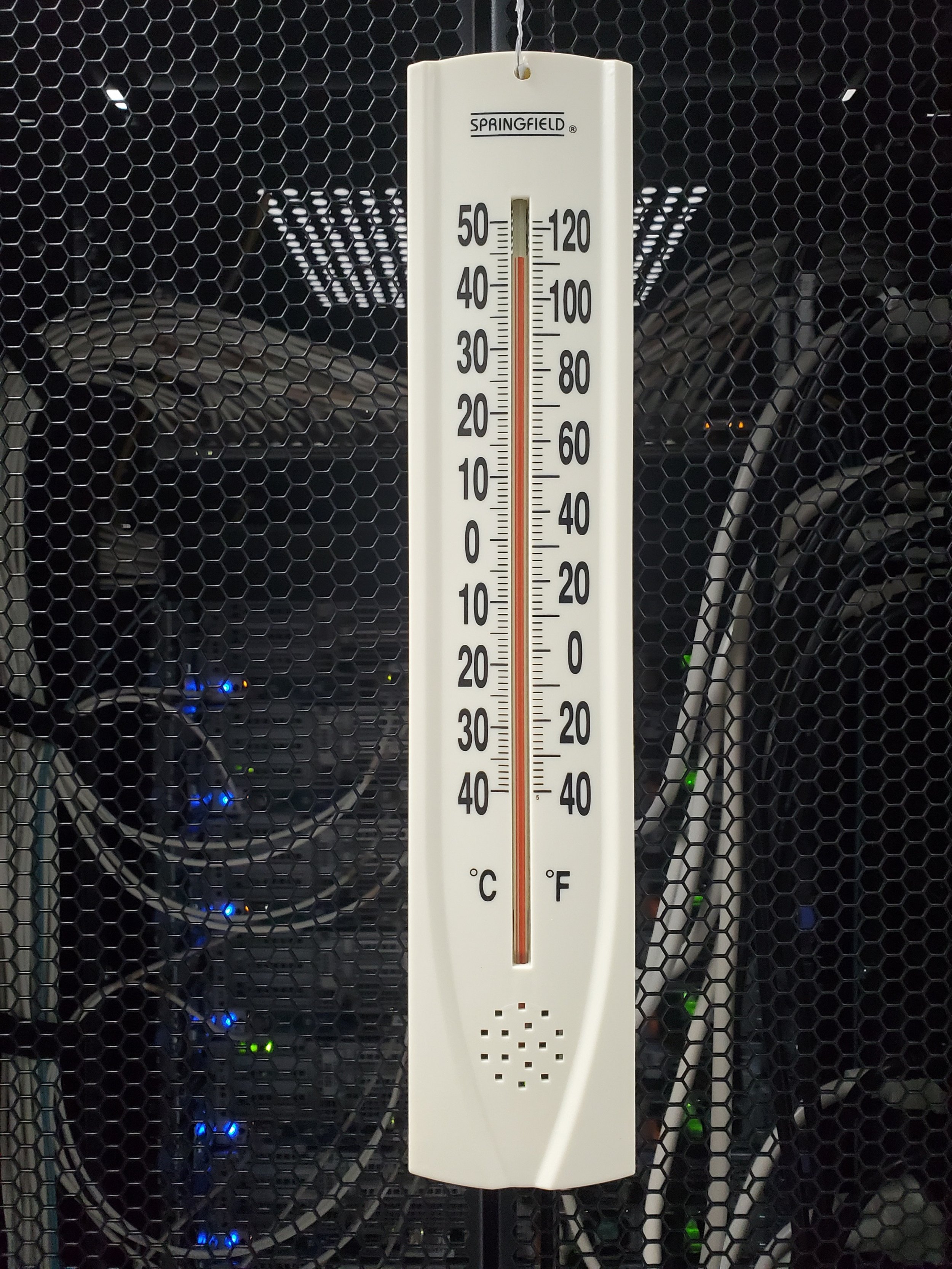

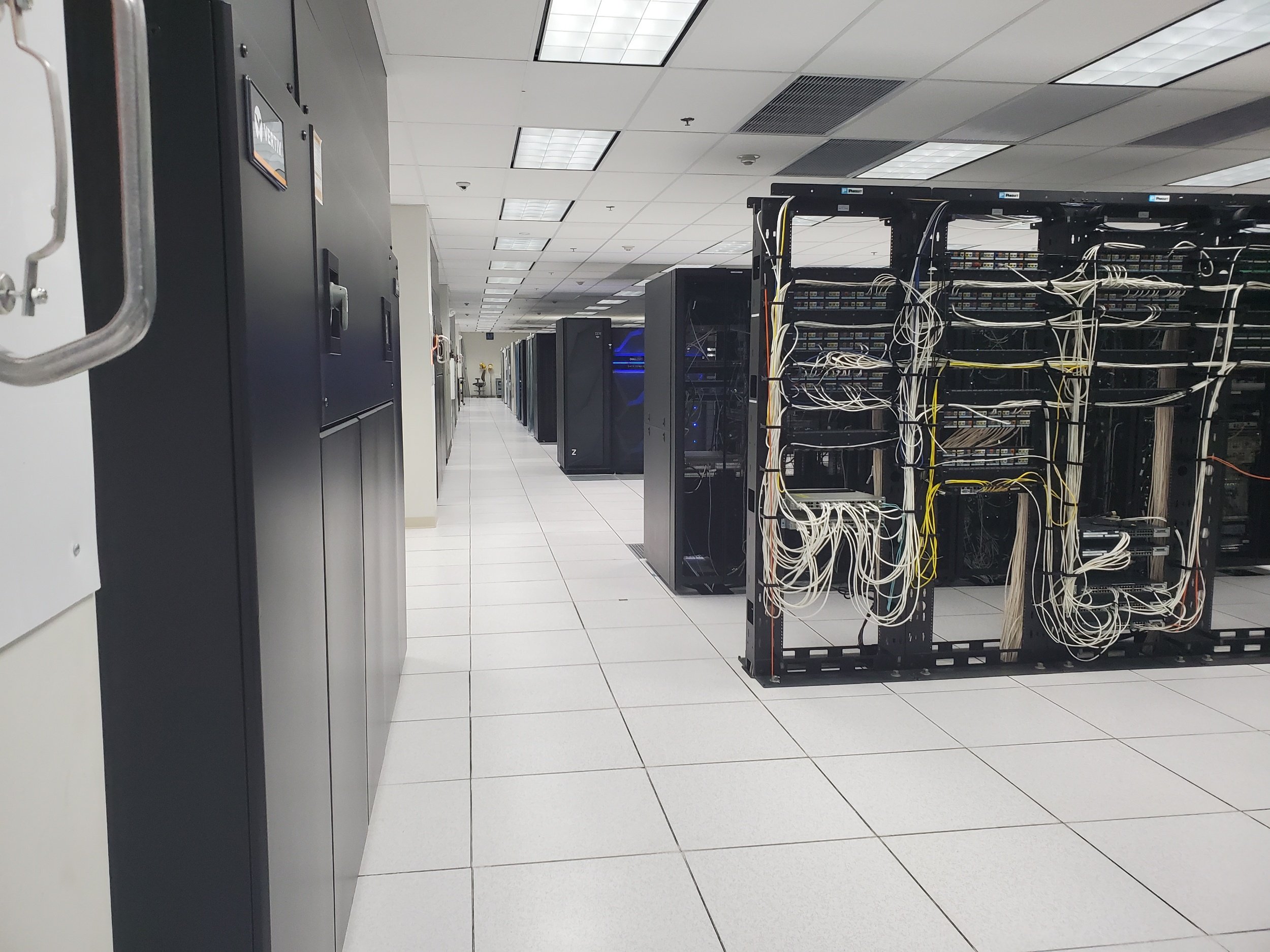


After a group photo (or ten) and a short break at the hotel, the group headed to Pins Mechanical Company, an open-air bar fused with an arcade and duckpin bowling alley. Our program read “Enjoy an evening of friendly competition…” but it was anything but. I have a habit of claiming I’m not into bowling then getting SUPER competitive. Our coordinator Peter took one mild jab at my despicable playing (I mean, I deserved it… I ended up coming in last place out of six.), which started a rivalry that lasted the rest of the week. After bonding over our common introverted-ness at the first dinner, we became frenemies. (I was surprised to learn that this is actually a word, so I should clarify that we are friends who pretend to be enemies, whereas the real definition of “frenemy” is the opposite.) Despite Laura and Progna witnessing me eventually beating Peter’s score in duckpin bowling, Peter insists it didn’t happen. I guess it doesn’t matter because, in the words of the Pins Mechanical scoreboard marquee, “If you’re not first, you’re last,” and boy, were we far from first (by like 40+ points).
Wednesday’s theme was “Strategies,” and it was probably the most useful day for me. Sarah and Janet from scitrain led a coaching lab in which we learned the difference between coaching, teaching, and mentoring; discussed how to coach mentees but also coach upwards; and practiced giving feedback (something I especially struggle with). The group discussion was lively throughout the day, but the most engaging (and challenging) part was roleplaying feedback and coaching scenes. Ikuya gave me excellent ideas on how I could improve my feedback skills, and I loved getting feedback from and watching Ashley, Erin, and Laura act out coaching scenarios with me as a group. I think the biggest insight from the day is that coaching, including giving feedback, takes practice, and I need to be more confident in myself as a coach (and mentor) to be effective. Sometimes, coaching also isn’t the answer, and it is important to adjust to teaching as needed.
Thursday’s sessions on “Perspectives” were also enlightening, and I especially enjoyed hearing from folks who are leaders in industry and science communication. We started with a talk by Niki Patel from Merck Research Laboratories; she provided thoughts on how to apply for positions in industry (although they could probably be applied to any other sector as well) and build networks. Sara Risch from Rev1 Ventures, an investor startup studio based in Ohio, showed us how Rev1 helps research institutions commercialize inventions. The final speaker from the industry sector was Nathan Wilmot from Dow; Nathan urged us to diversify our skills and look to build knowledge in fields outside our own. The real motivator? The growth in big data and machine learning in chemistry despite computer science not being a core part of most chemistry education.
On the science communication side, we first heard from Dorea Reeser, the Executive Editor for Audience Engagement for C&EN (Chemical & Engineering News, the ACS magazine). Dorea talked about different ways to engage your audience, finding your authentic voice on social media, and different ways to communicate via C&EN. We also got to enjoy Justin “Mr. Fascinate” Shaifer’s story about failure and triumph. Throughout his speech, he gave examples of messy prototypes and shooting your shot. While many of his shots failed, there were others that were nothing but net (okay, maybe there was some hitting the backboard), landing him opportunities in media production and having his work be broadcast on PBS and Discovery networks. Justin also emphasized the importance of building a community and getting help from folks with strengths different from your own.
The night ended at the Columbus, Ohio Center of Science and Industry (COSI), one of the (if not THE) top science museums in the U.S. The COSI president and CEO, Frederic Bertley, gave a keynote on the importance of engaging the community, inspiring the public, and transforming opinions on science to be more well-informed. Before his talk, I had the pleasure of chatting with Frederic, and I was honored that during his keynote he gave me not one, but TWO shout-outs (first for having a six-year-old and second for working at NASA). Frederic shared his stories and initiatives at COSI to demonstrate knowing your audience and meeting people where they are. I highly recommend checking out his science communication efforts, QED with Dr. B and Dr. B in 3.
And finally, today, Friday, August 19, we got to think about “Impacts.” We went to the Ohio State University Comprehensive Cancer Center to hear from physicians and researchers about the extensive work behind cancer research, choosing mentors, and how sometimes the best opportunities are the ones you don’t expect or maybe even the ones you don’t even want.
We had the afternoon off, which provided an excellent opportunity to do exactly what I’m doing now: think about everything I’ve done this week and the impact it will have on my career. This week was truly remarkable, and I recommend any graduate or postdoctoral scholar in chemistry or a related field to apply. As I said in the CAS Future Leaders feature from the August 15 issue of C&EN, “Apply for things that interest you, even if you don’t feel qualified — you probably are.” I took this advice myself back in January when I decided to submit an application to the Future Leaders program, even though I didn’t think I was “Future Leader” material. So, if this program interests you (and I think it does), I encourage you to follow the advice of Mr. Fascinate and Take. Your. Shot.
Want to provide more support? Join my SciArt Sticker Club!


